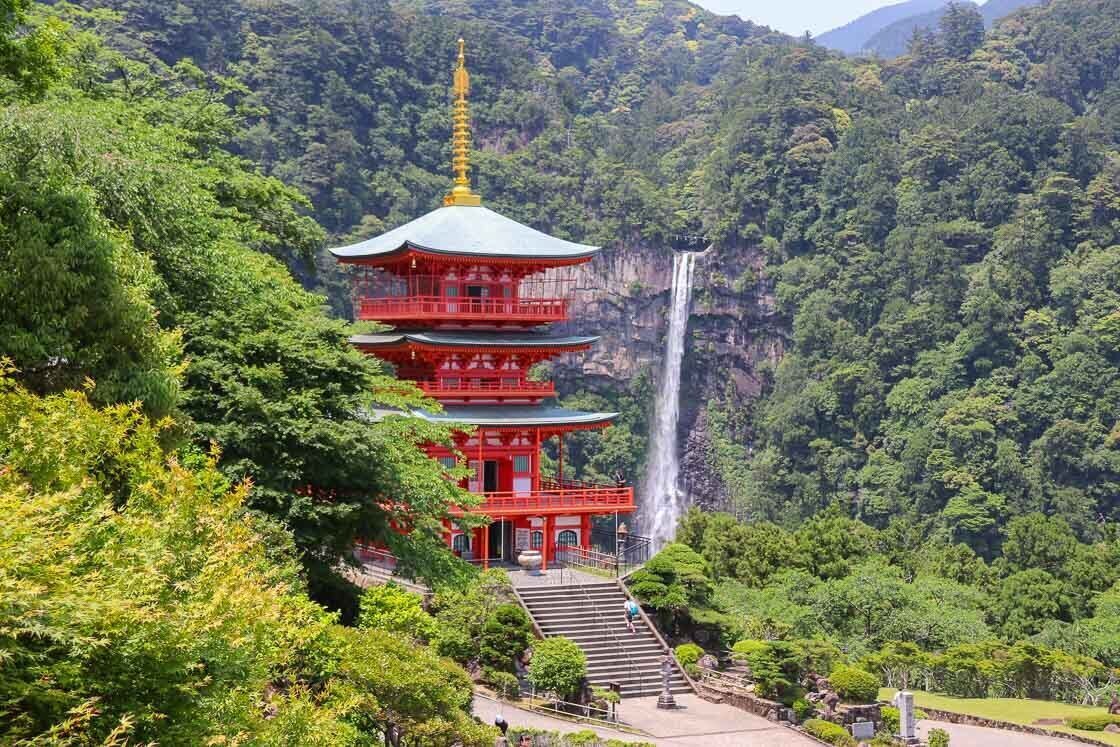Walking the Kumano Kodo and where to stay
Centered in the Kumano region in Wakayama Prefecture south of Kyoto and Osaka, the Kumano Kodo is a network of routes that connect Kumano Hongu Taisha, Kumano Hayatama Taisha, Kumano Nachi Taisha and Seigantoji Temple. The Kumano Kodo is one of only two UNESCO World Heritage pilgrimage routes in the world - the other is the Camino de Santiago in Europe.
The ancient Kumano Kodo pilgrimage routes have been used for over a millennium. Historically, it took about a month to complete a round trip from Kyoto on foot - a journey spanning about 600 kilometers. These days, trains and buses have shortened the journey considerably, and visitors do not have to walk the historical route. Instead, modern visitors and pilgrims have the option of walking sections of the Kumano Kodo or taking public transport or doing a combination of both to visit the sacred sites in the region.
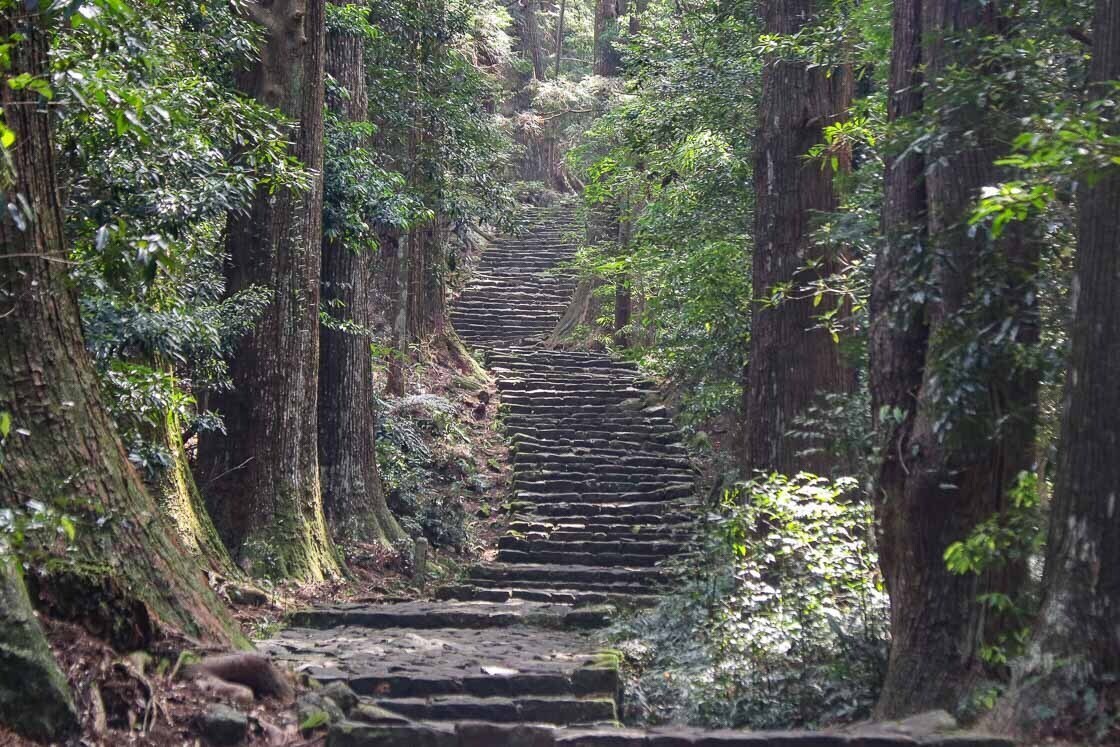
The number of lodgings deep along the route are limited to simple, family-run accommodations, while the bigger towns along the coast offer more lodging options like bigger hotels and traditional Japanese inns. The former is useful for those planning multi-day walks as it may avoid backtracking, while the later is good for those who prefer to do day trips from a base.
For this article, I opted to stay in Katsuura, a bigger town along the coast, and spent two days exploring the town and a section of the Kumano Kodo that was listed in Time Magazine's World's Greatest Places in 2025. Transport information to Katsuura and around can be found in the access section.
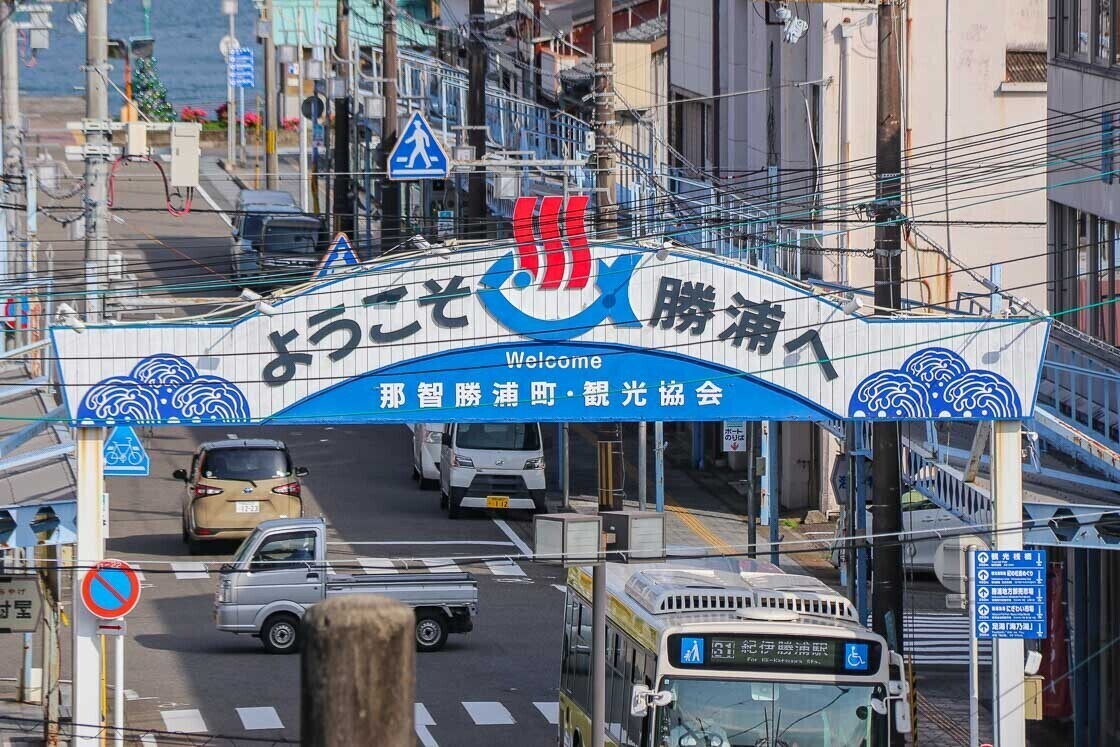
What to do and where to stay in Katsuura
Katsuura is a fishing town at the southern end of Wakayama Prefecture, and its port is known for bringing in high quality tuna. The town is also at the base of Nachisan, the home of one of the three sacred sites along the Kumano Kodo, which I planned to visit the following day. There are numerous hot spring accommodation in Katsuura, and one such facility worth considering is the Kamenoi Hotel Nachi Katsuura Kumano Kodo. The accommodation is approximately ten minutes on foot from the station and the fishing port, making it a convenient base for travelers.
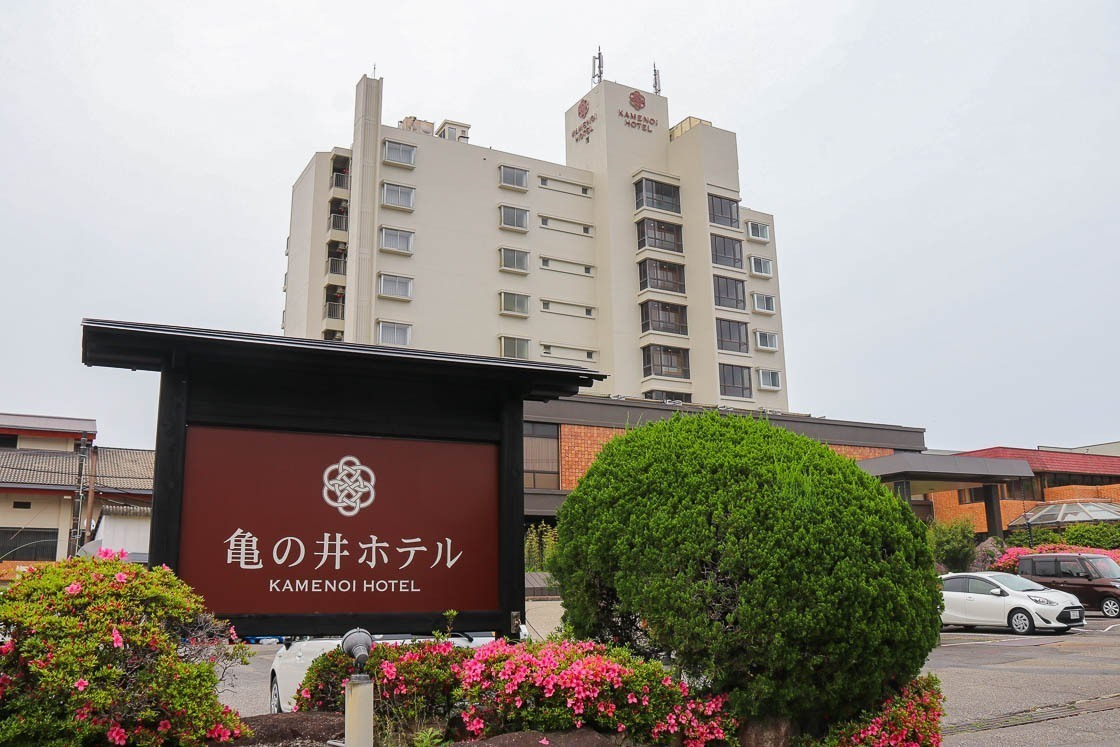
As I arrived before the check-in time, I headed to Nigiwai Market in the port area first to have a late lunch. Located at the waterfront, the compact Nigiwai Market contains souvenir shops and restaurants, providing sufficient meal options from sashimi rice bowls to nigiri sushi to ramen and fried fish for the casual visitor. I ordered a tuna rice bowl, which came with a bowl of miso soup, and each bite was perfection. The tuna was bought fresh from the fish market just next door, and I was looking forward to seeing the fish auctions there the next morning.
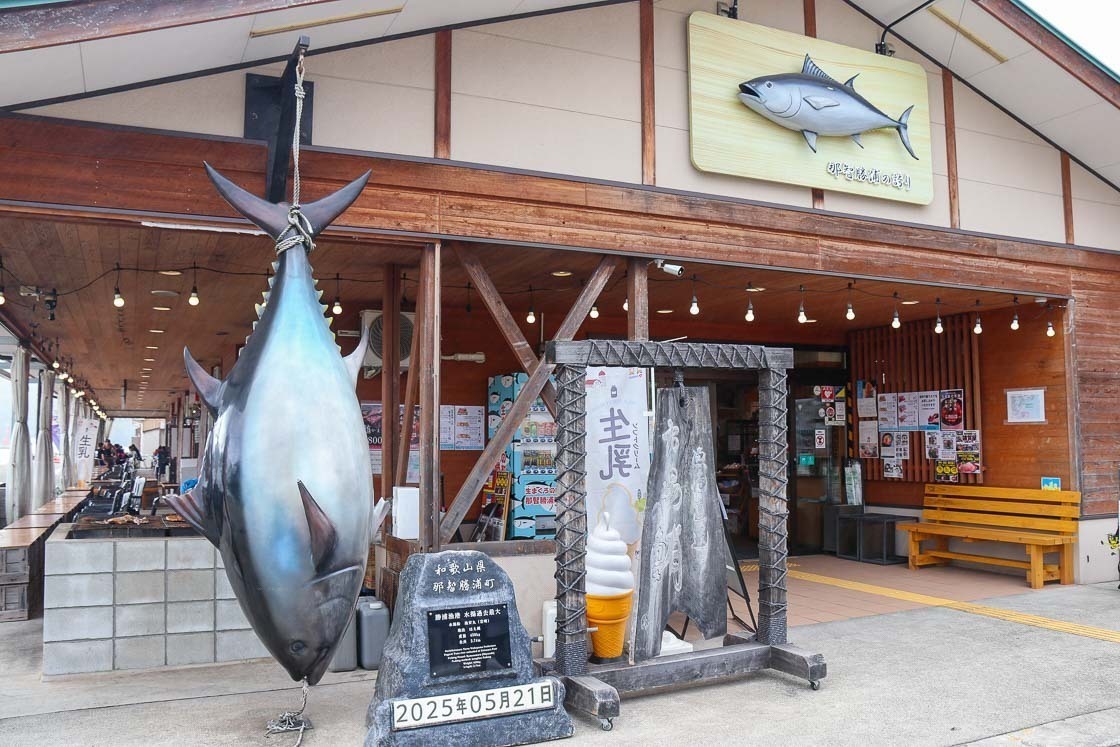

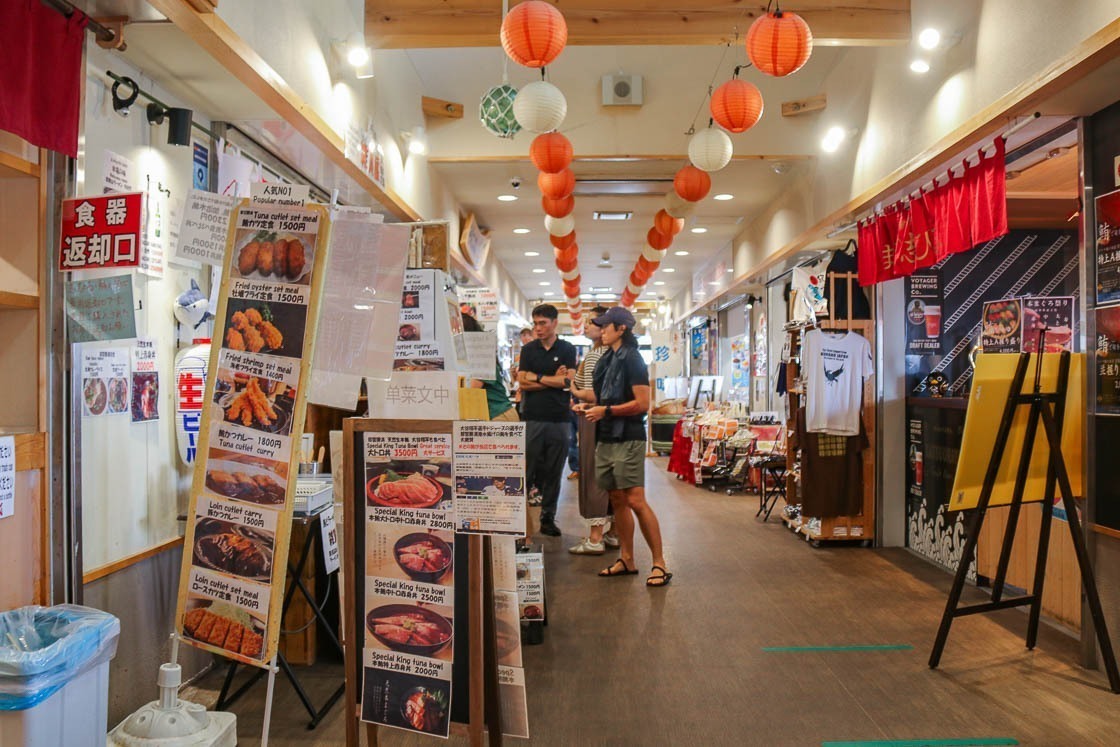

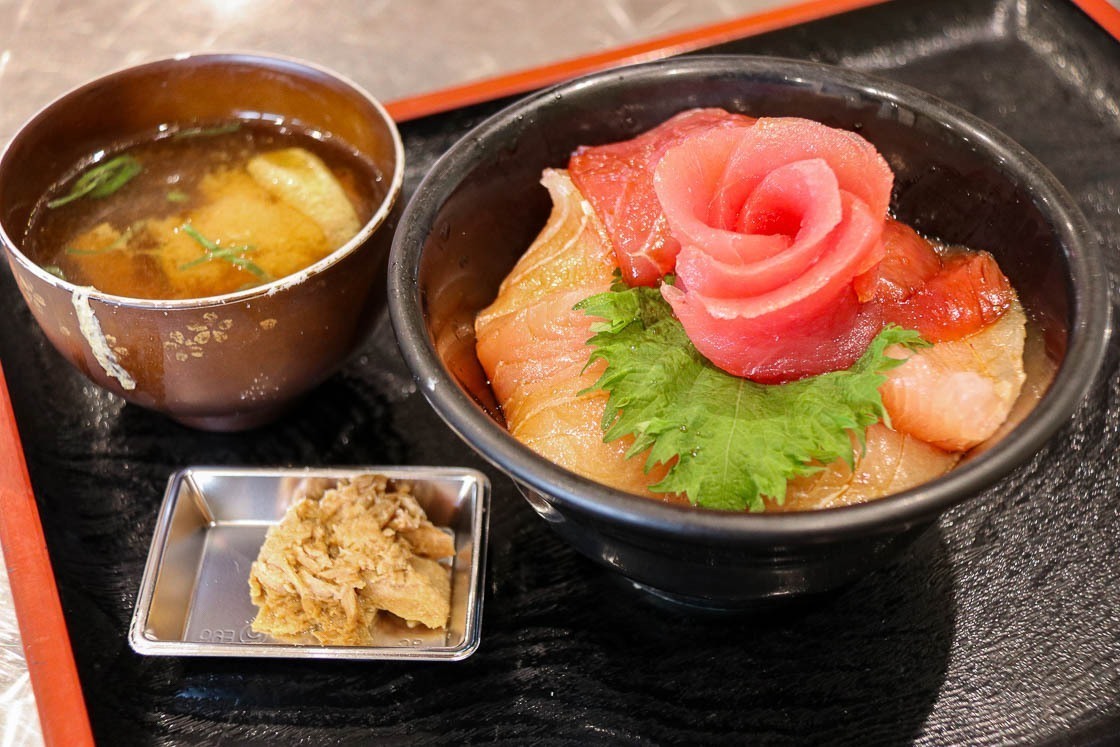
Following that short wander around the port area, I made my way to Kamenoi Hotel Nachi Katsuura Kumano Kodo, my accommodation for this trip. The hotel is located along Nachi Bay, and contains a variety of rooms: Japanese-style rooms with tatami mats and futons or mattresses on the ground, Western-style rooms with beds, rooms with ensuite hot spring baths and luxurious suites. Majority of the rooms have views of the bay as well as the surrounding mountains.
In addition to the nice rooms, the hotel also has gender separated public hot spring baths. Those who want to treat themselves or prefer privacy should definitely consider rooms with ensuite hot spring baths.
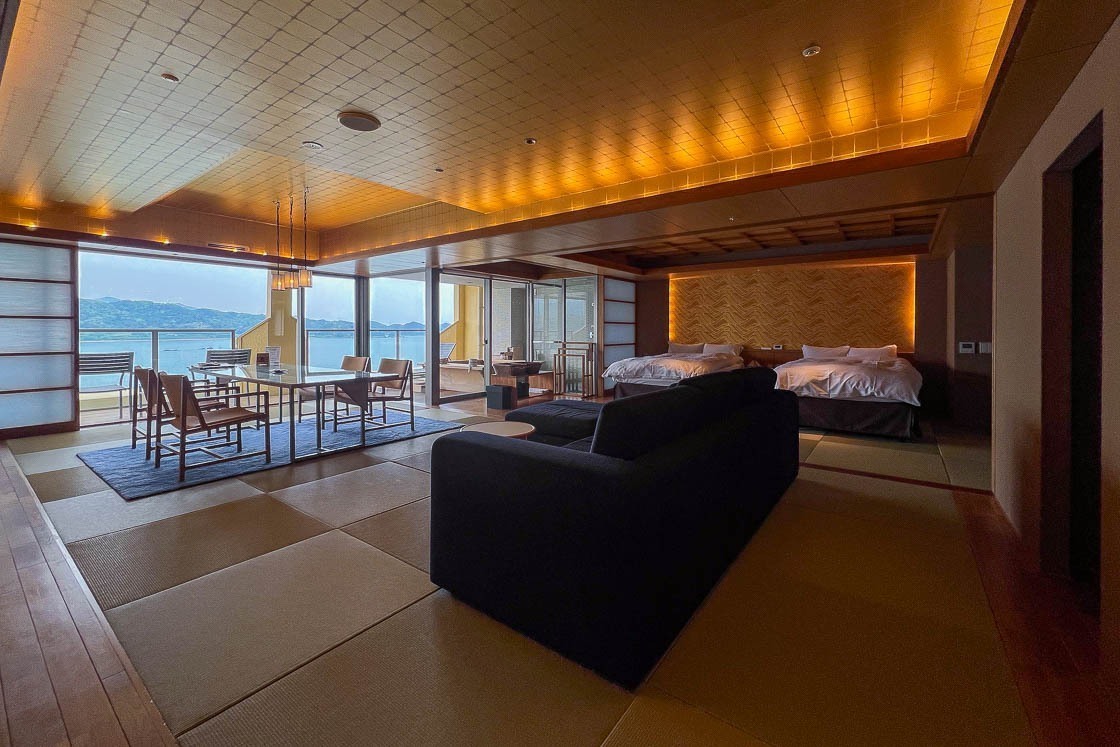
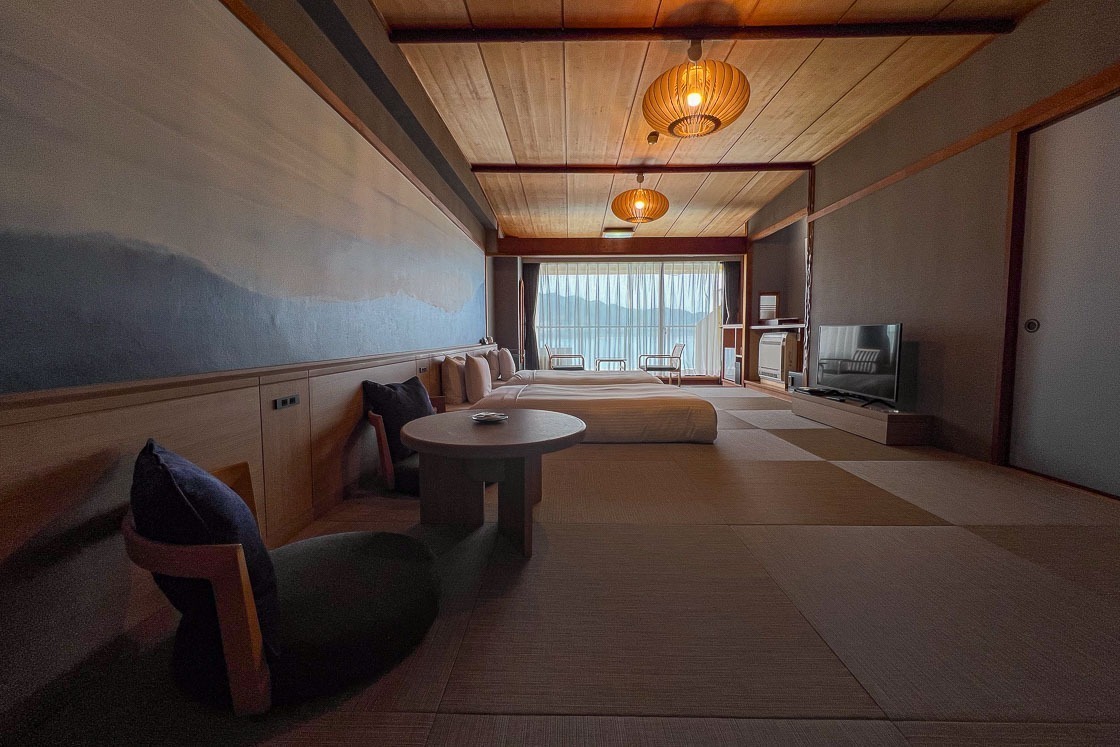
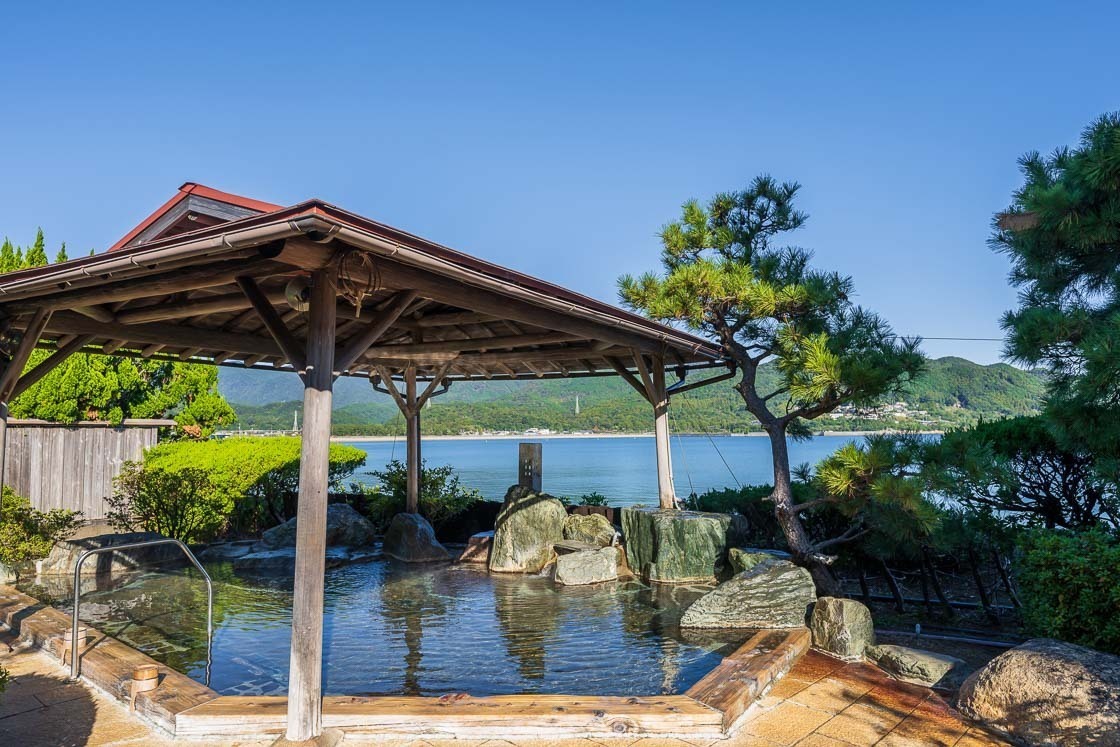
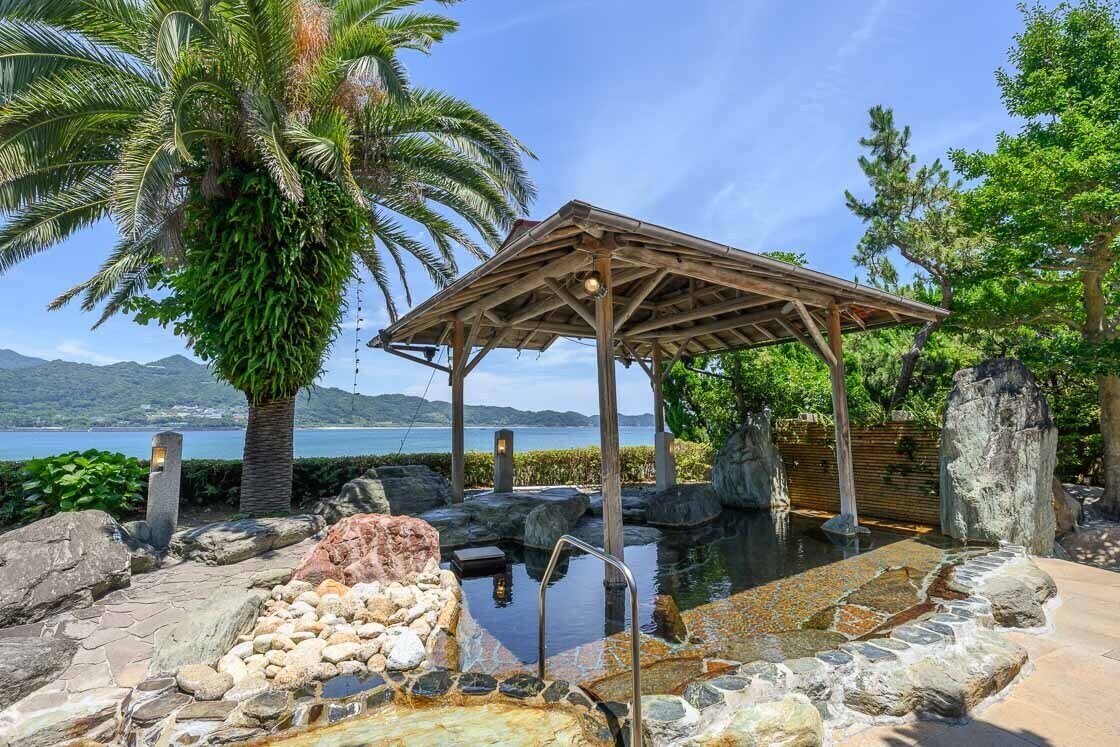
As I had some time before dinner, I took a stroll to the nearby Bentenjima, a small island that can only be accessed during low tide. As it happened, the travel gods allowed me to visit Bentenjima, and I crossed the rocks to the island without mishap. There is a small shrine dedicated to the Buddhist goddess Benten, who is associated with snakes. Interestingly, Benten was said to be originally a river goddess, and many areas bearing her name are near bodies of water - like Bentenjima here.
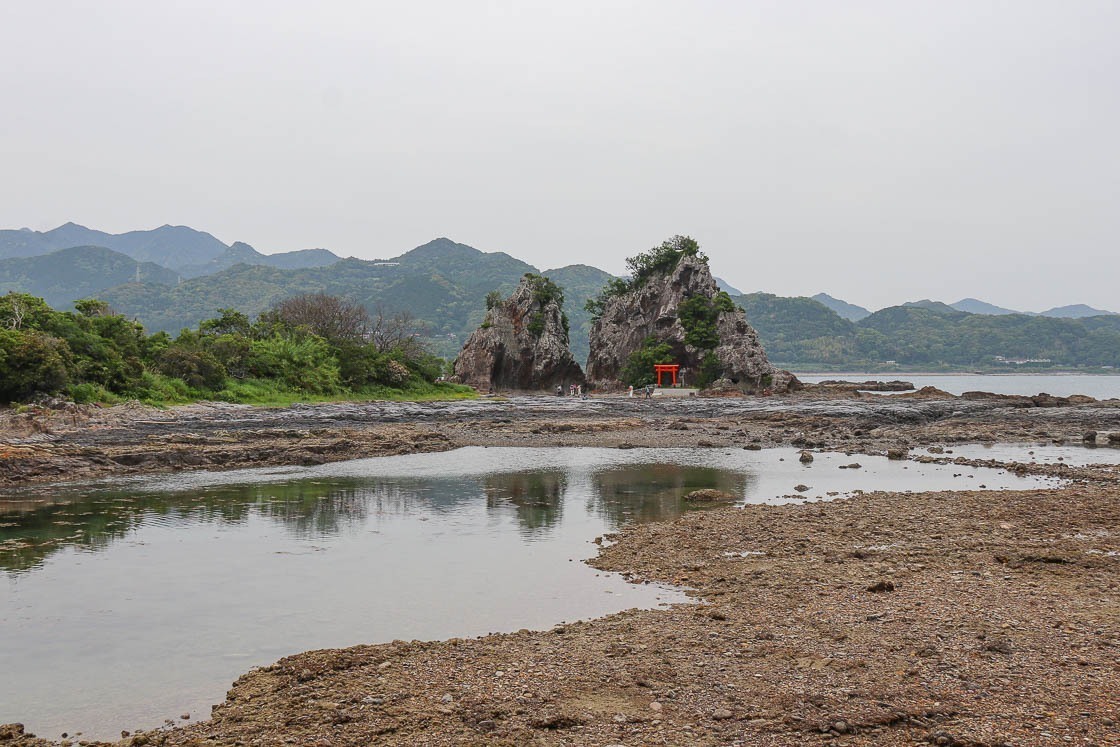
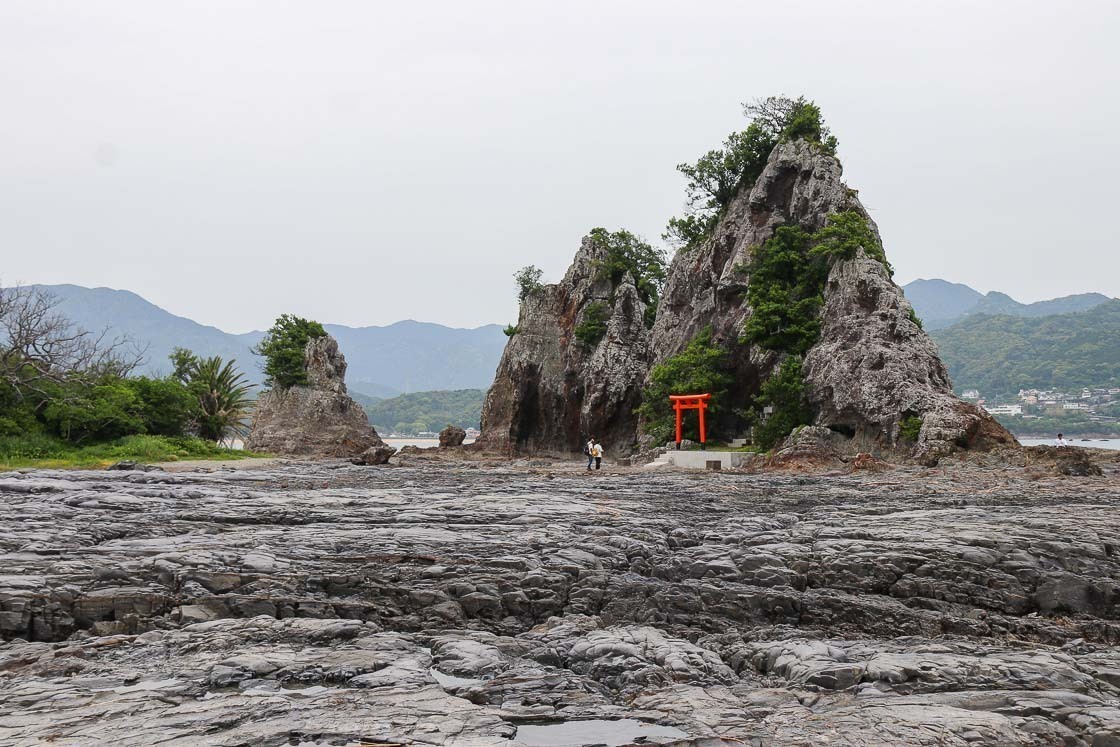
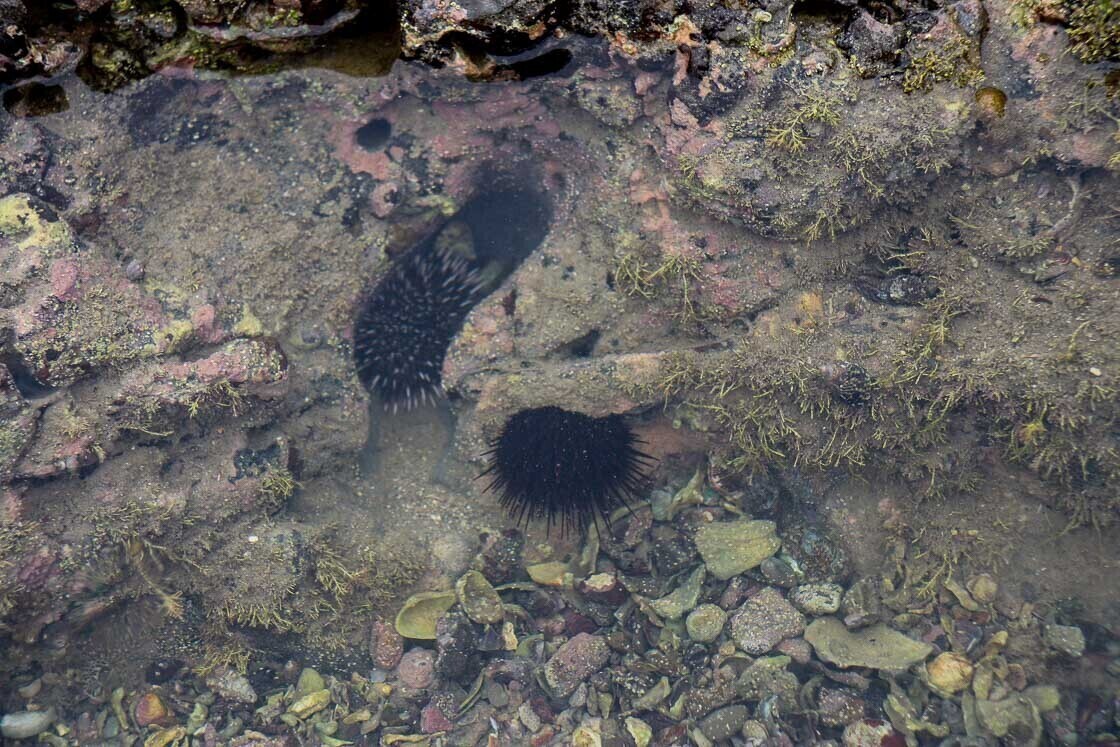
After that nice stroll, I returned to my accommodation to relax before dinner. I was told that I could sample plum wine made with the local Kishu plums just before dinner time at the entrance of the restaurant, and made sure not to miss it. Dinner was a seasonal course meal that included tuna direct from Katsuura Port. The tuna at dinner is just as good as the one at the fish market, so you would not be missing out if you did not have time to visit the fish market.
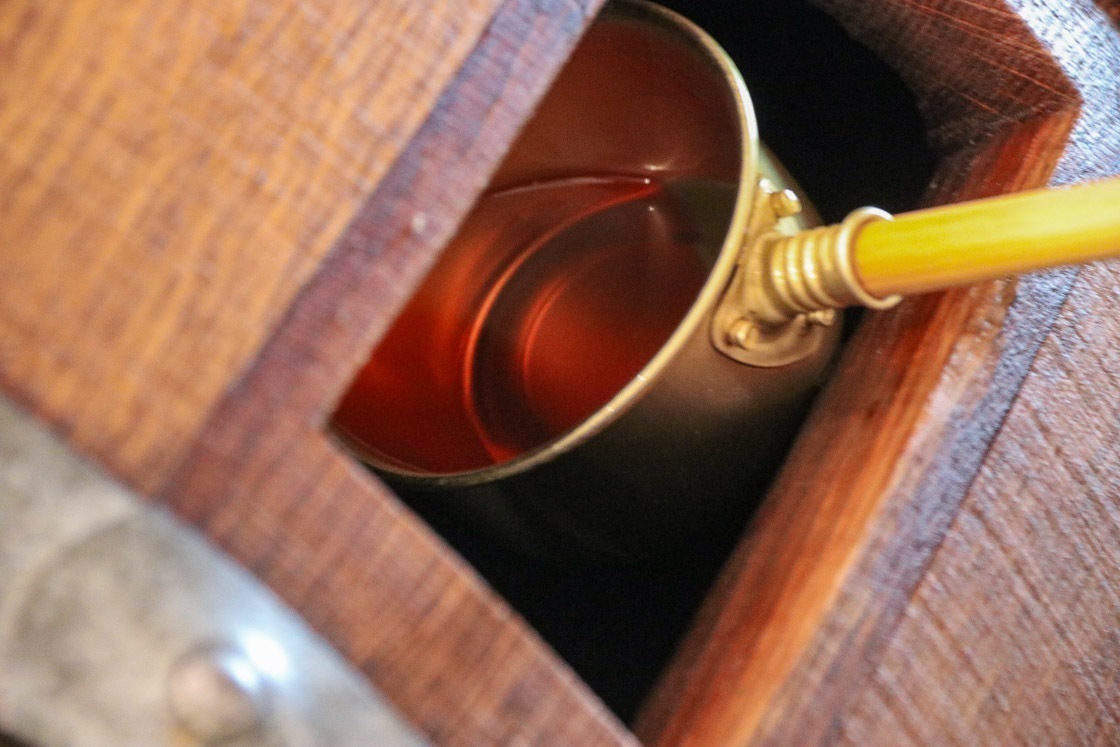
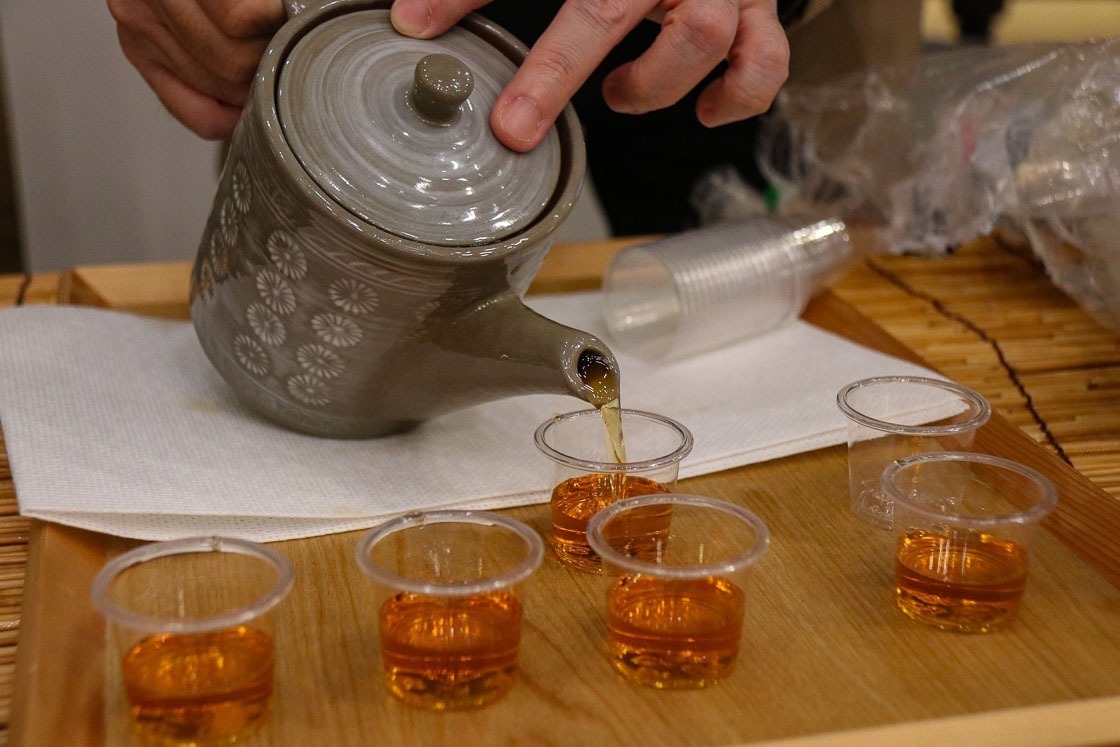
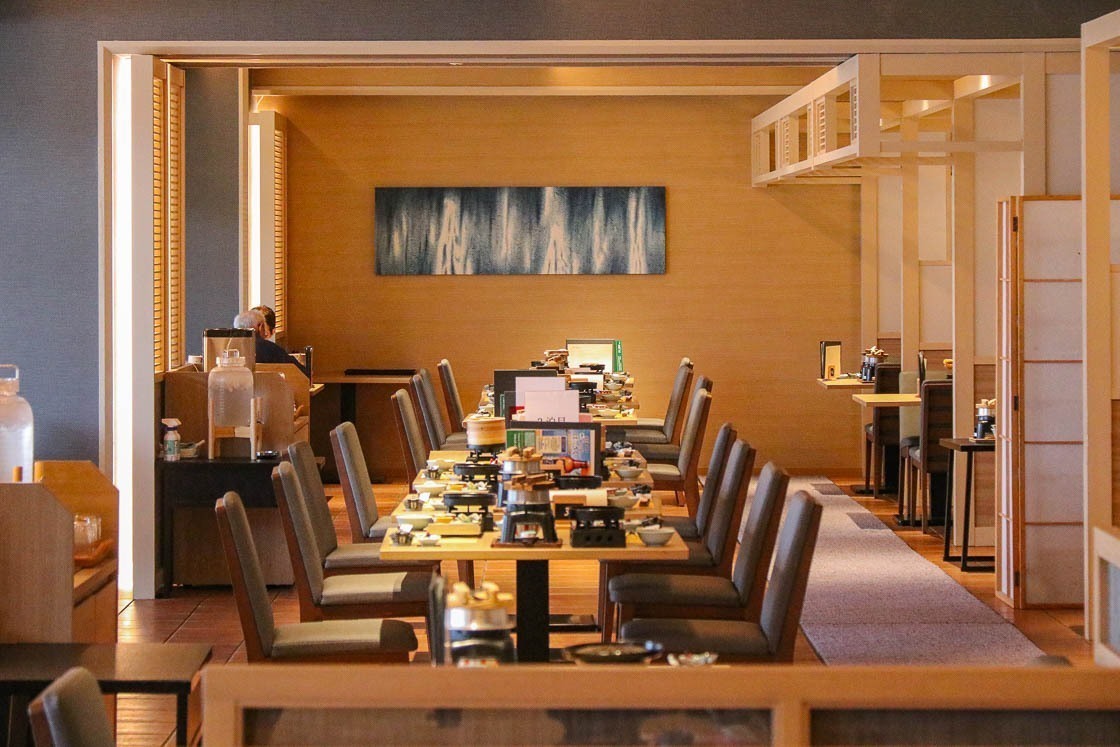
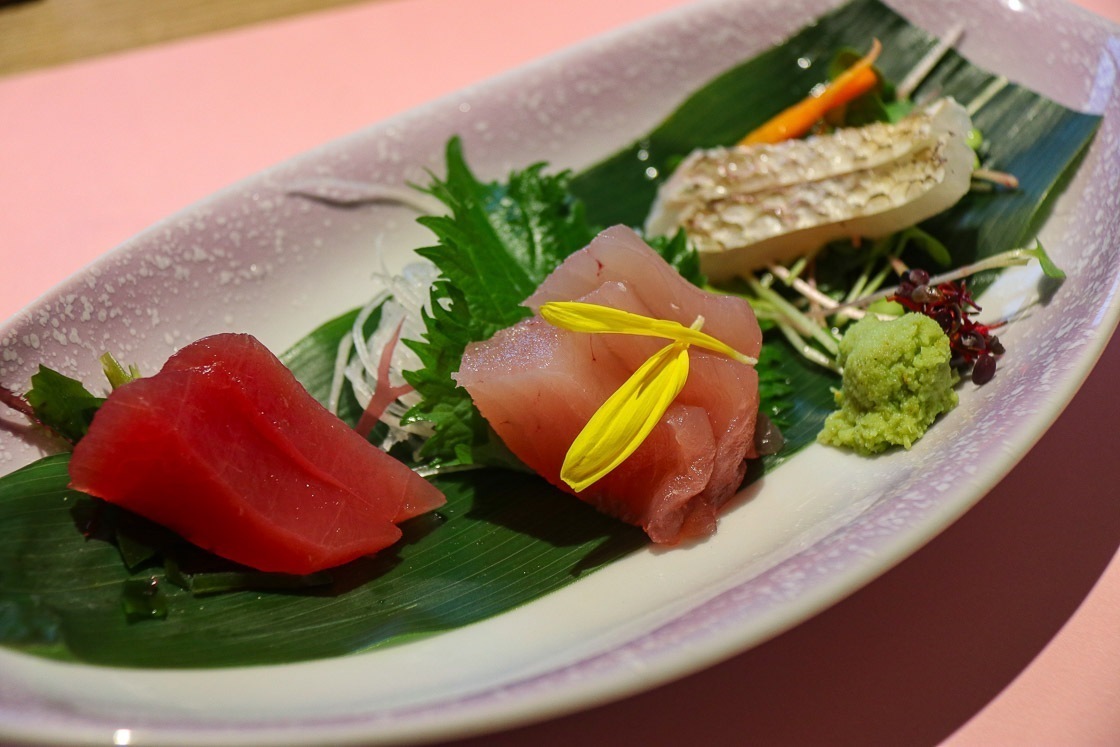
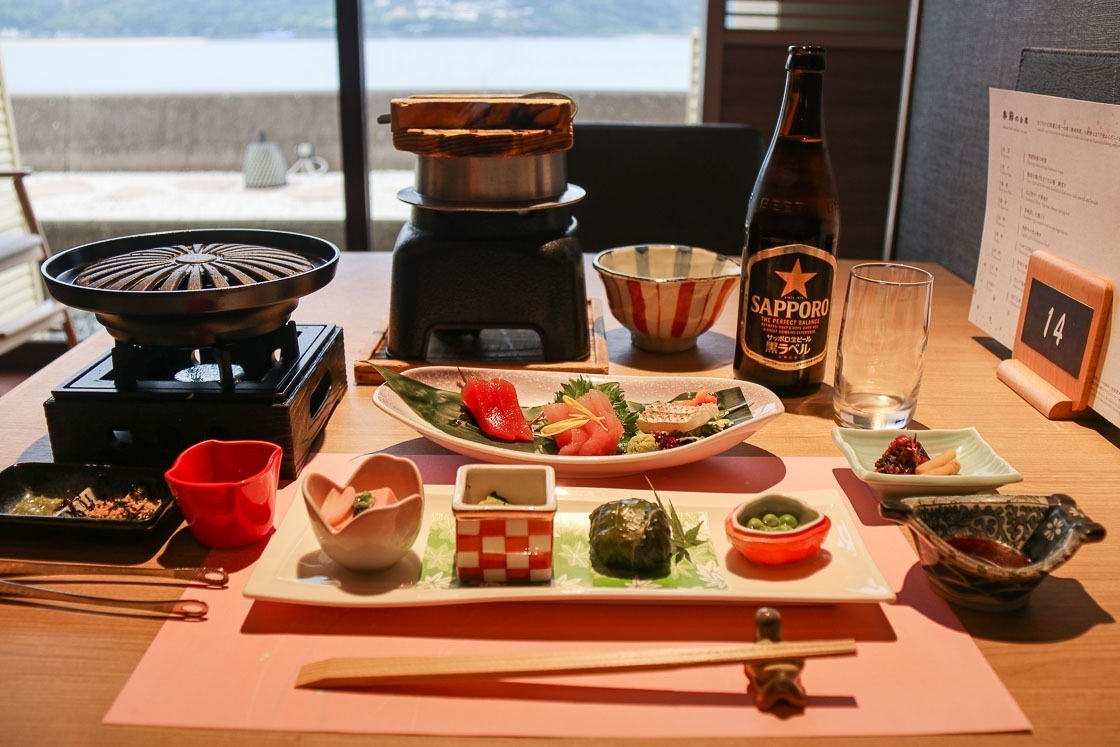
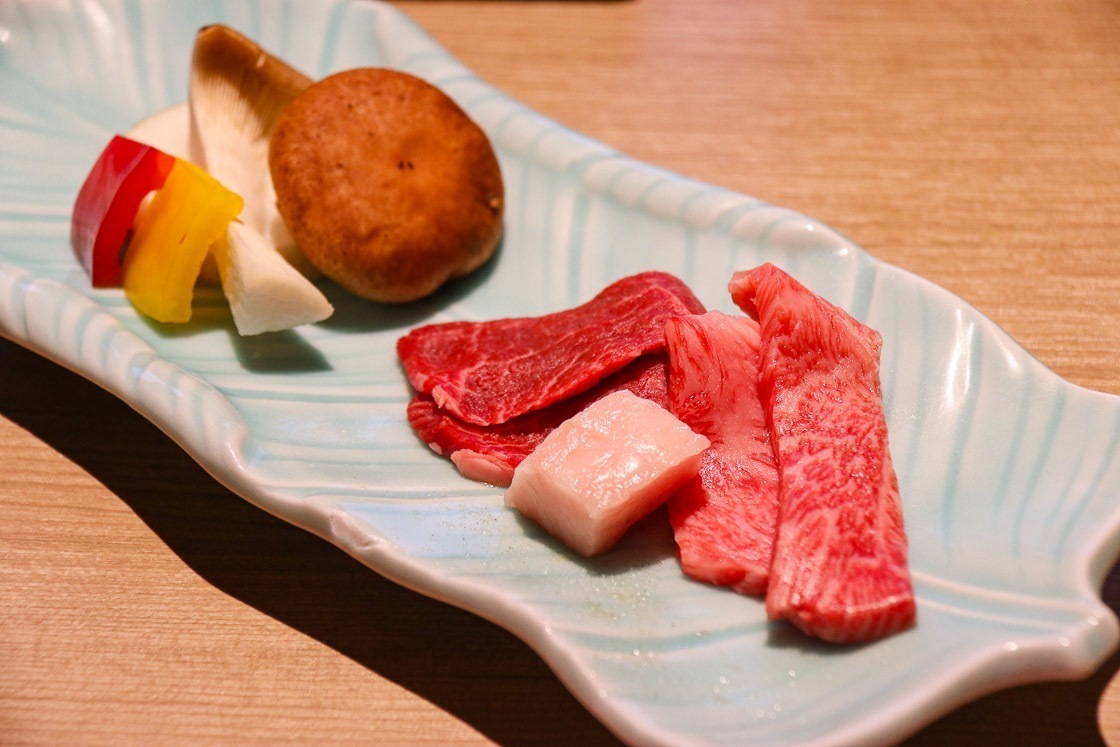
Then it was time to relax after that beautiful meal and get ready for the next day.
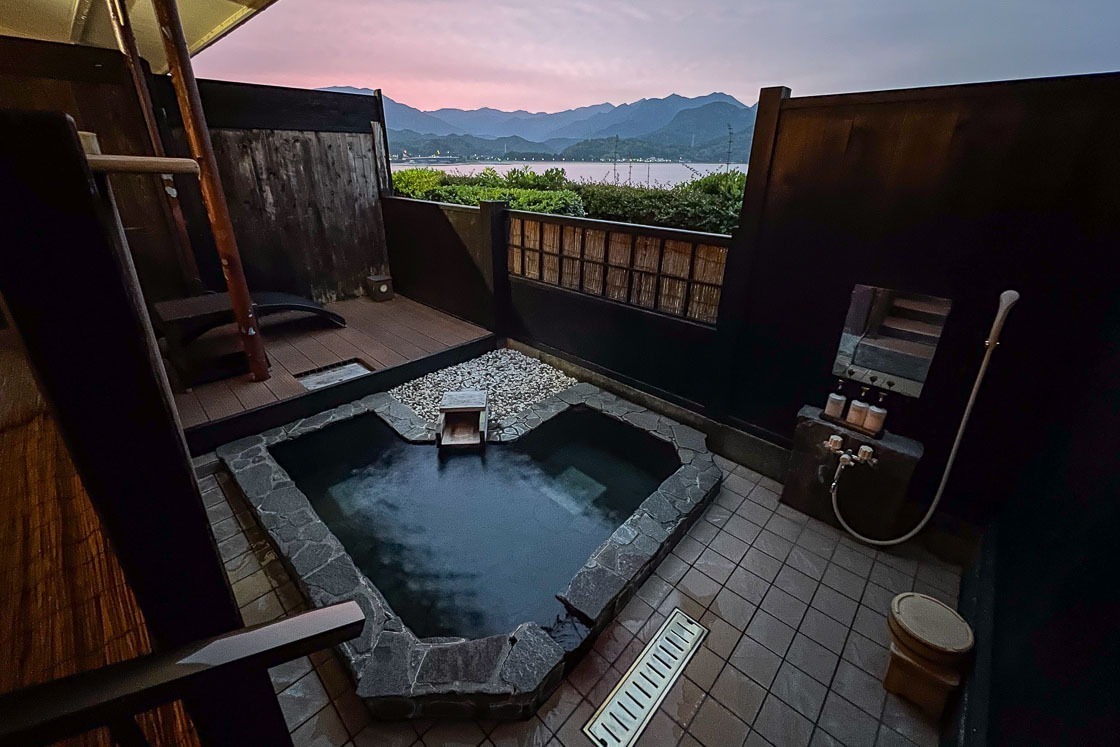
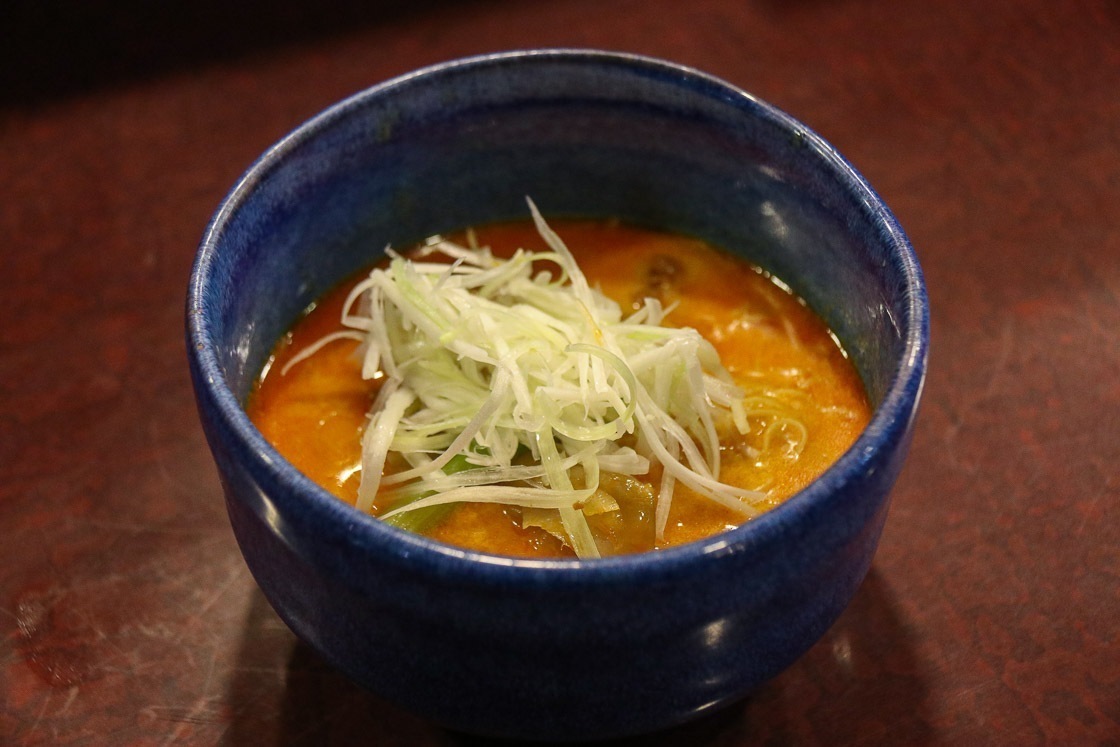
Walking the Kumano Kodo to Nachi Shrine
Before breakfast, I took the opportunity to visit the tuna auctions at Katsuura Port, beside the Nigiwai Market where I had lunch the day before. The tuna auctions start at a very traveler friendly time of 7:00 and last for about 30-45 minutes on average. Visitors are allowed to view the auctions only from behind a green net so as not to obstruct the staff.
Those who want a closer look can book a guided tour (Japanese only), which takes participants to the second floor of the auction space to view it directly from above. An English guided tour is in the works, and should be available from later this year. The guide will also explain the intricacies of the bidding process, which is quite interesting in itself.
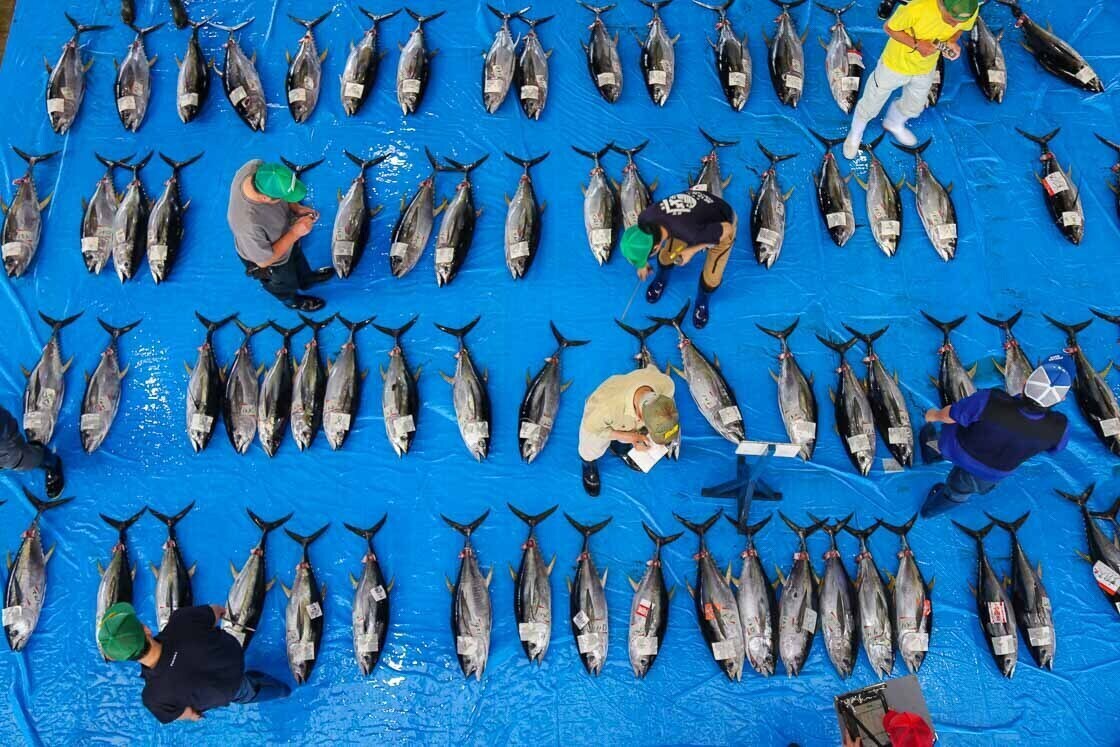
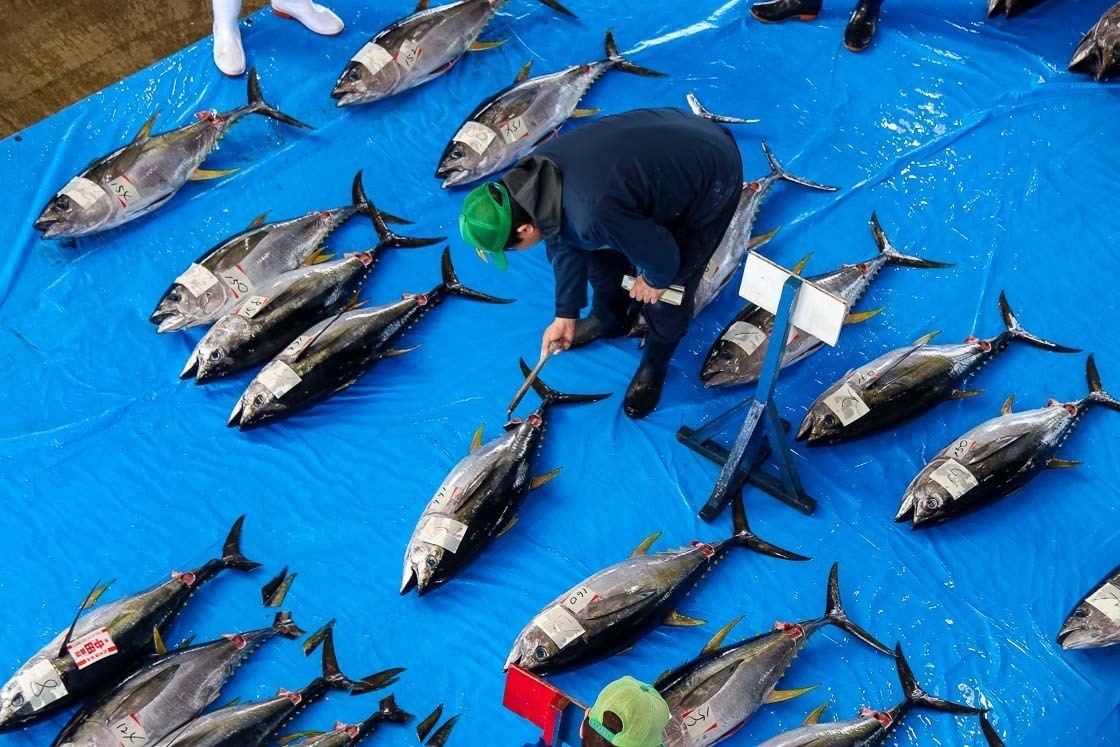
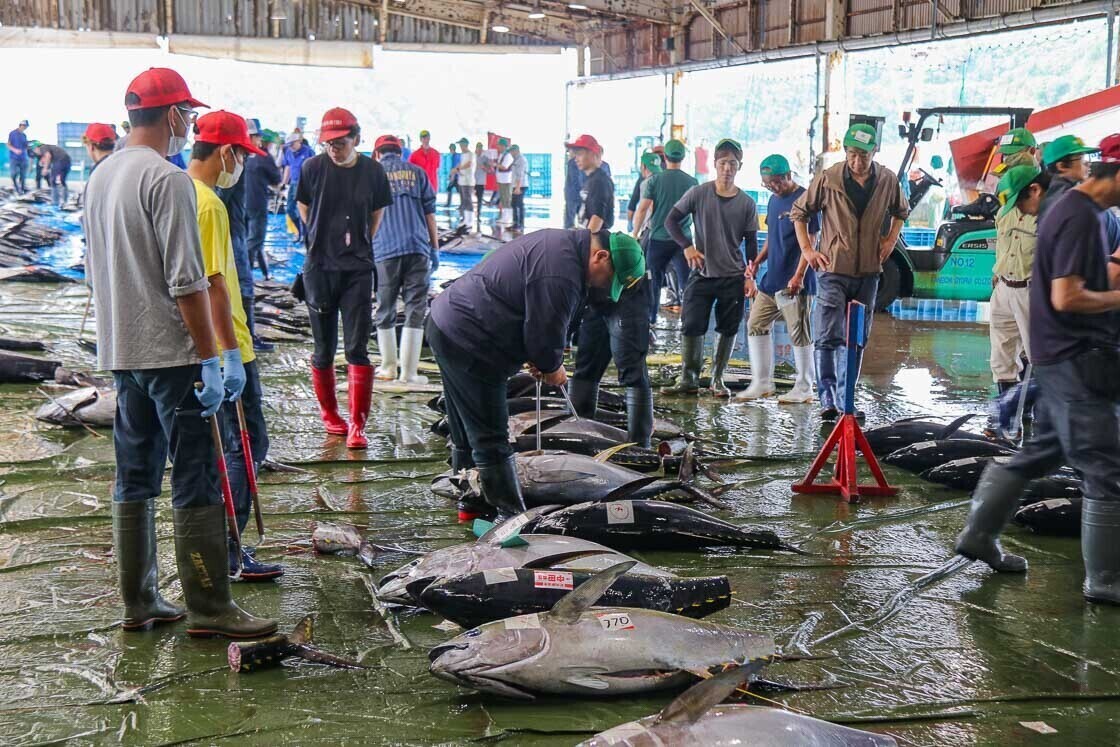
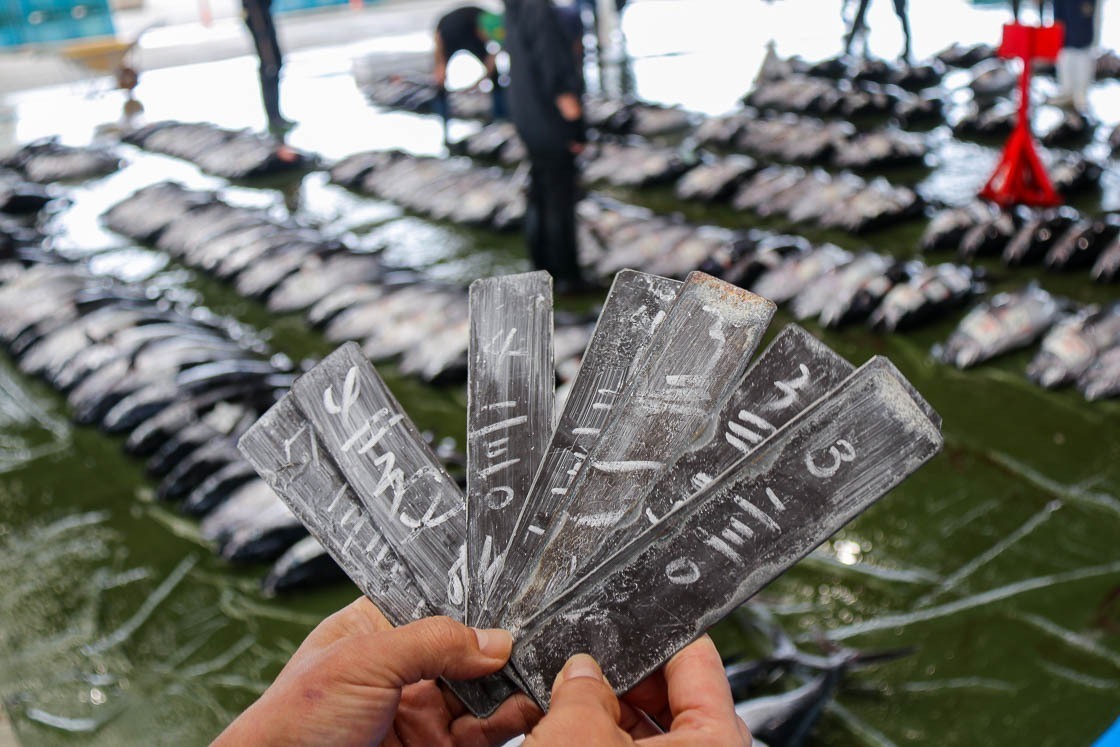
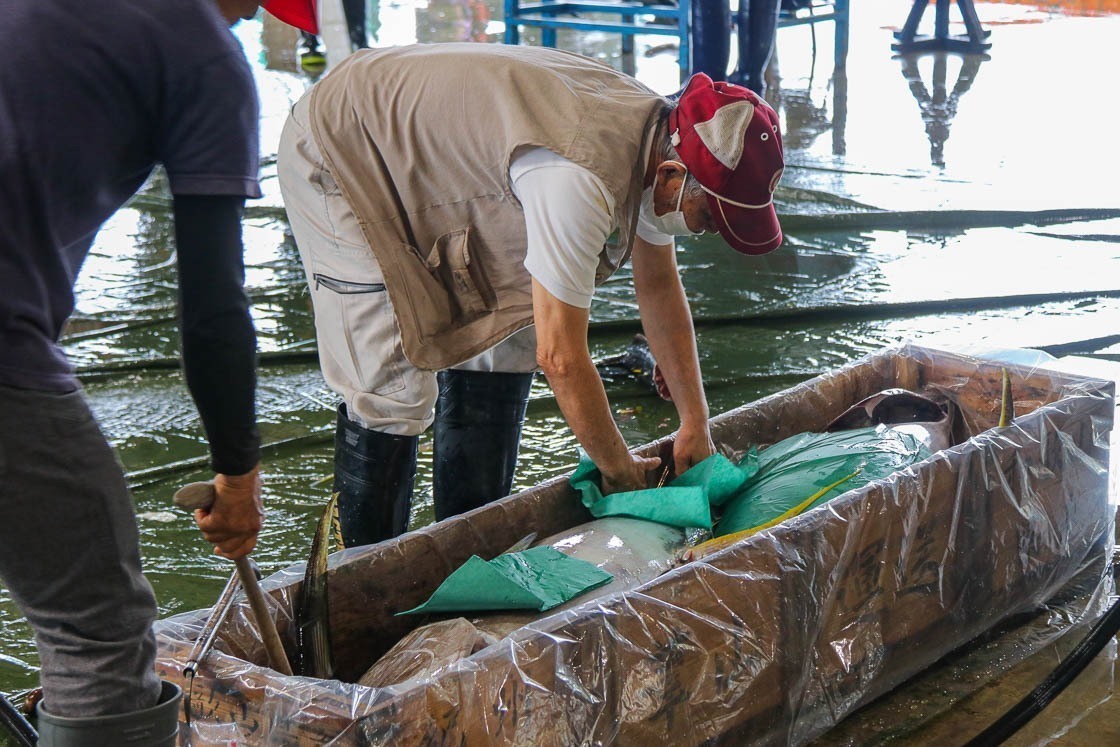
For those who are interested, Kamenoi Hotel Nachi Katsuura Kumano Kodo offers accommodation plans that include a guided auction tour followed by a tuna breakfast at the market. This is the best option for those who prefer not to return to the hotel for breakfast. Note that the guided tour is currently available in Japanese only, and English tours will be available later this year.
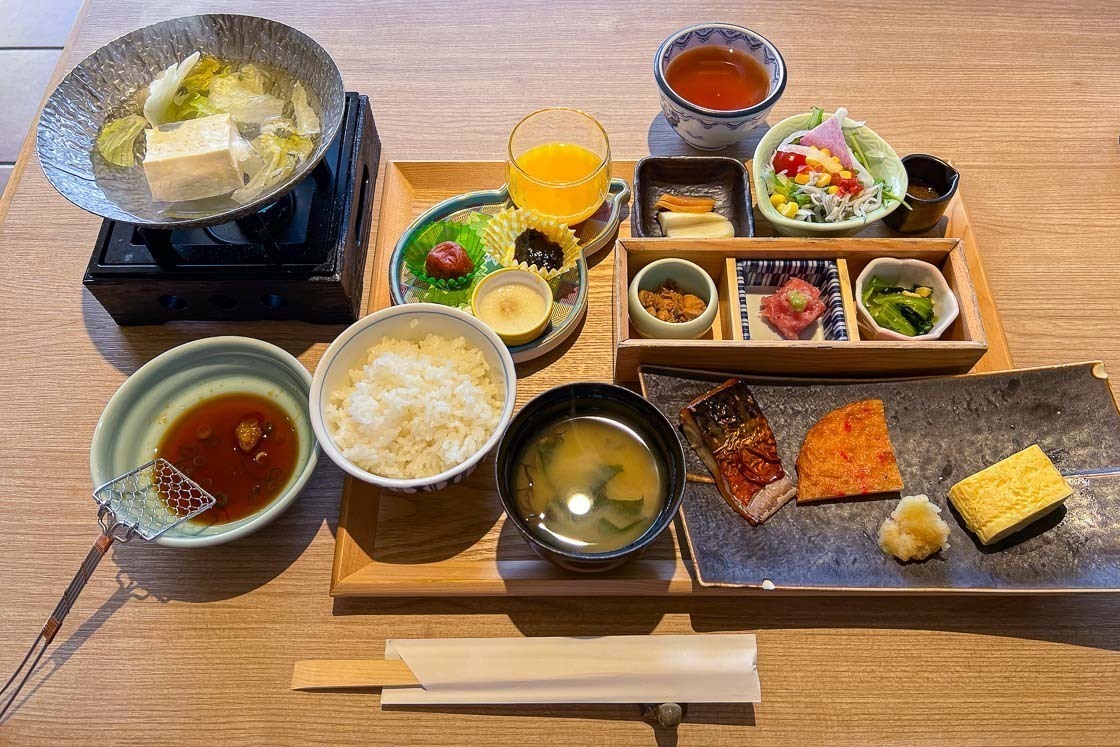
With breakfast under my belt, it was time to head out for my day trip on the Kumano Kodo, specifically visiting the sights centered in Nachi - Kumano Nachi Taisha, Seigantoji Temple and Nachi Falls. I planned to take the bus to Daimonzaka, then walk up part of the historical pilgrimage route towards the shrine, then visiting the waterfall on my way down. Then finally, return to central Katsuura by bus from the waterfall.
Daimonzaka is part of the historical pilgrimage route to Kumano Nachi Taisha that has been well-preserved. The atmospheric trail is lined with tall trees, some over centuries years old. These trees and stone steps along the trail have seen many travelers huffing and puffing their way up the mountainside.
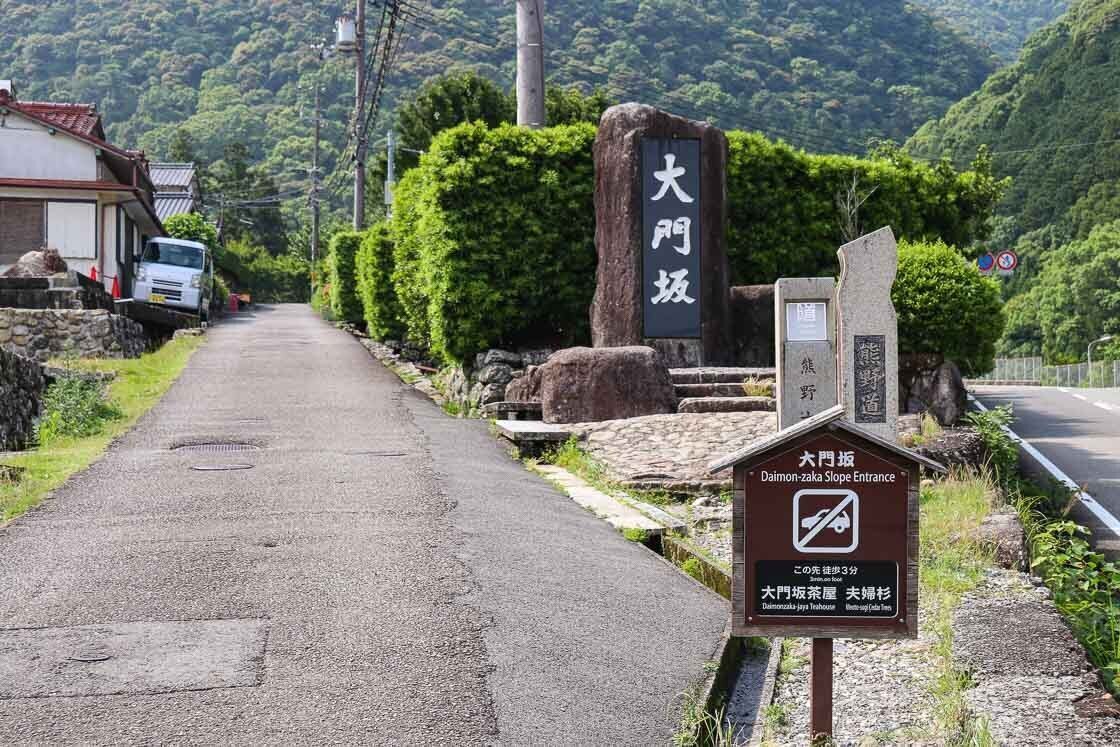
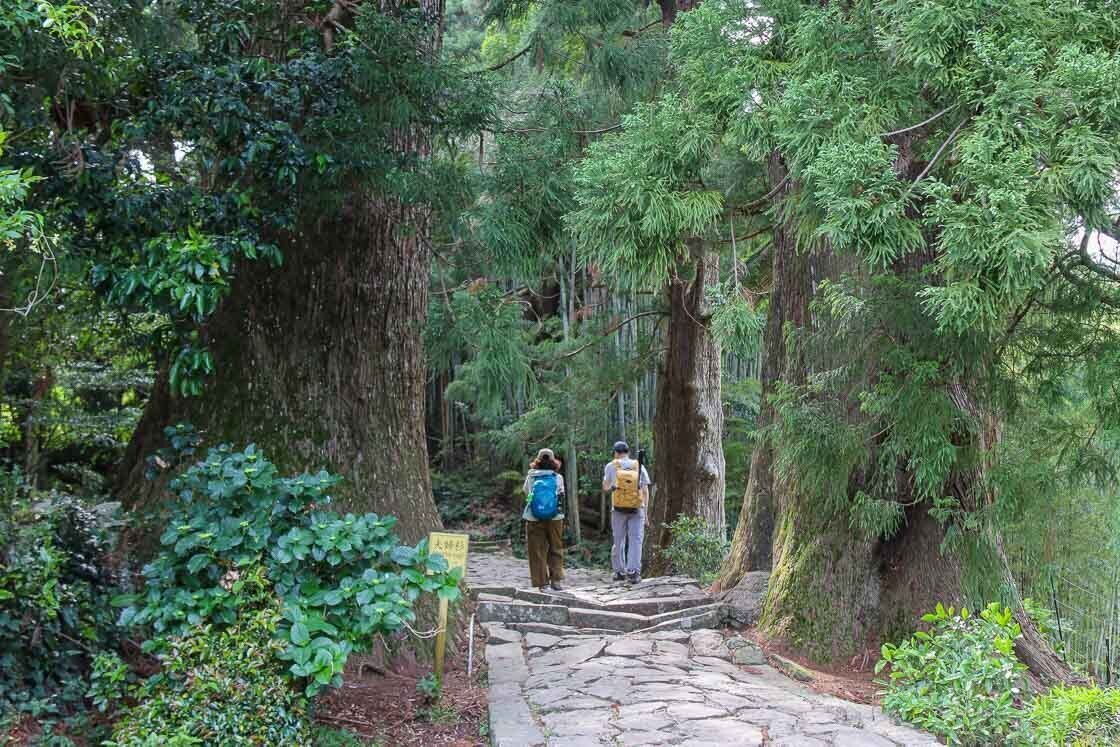
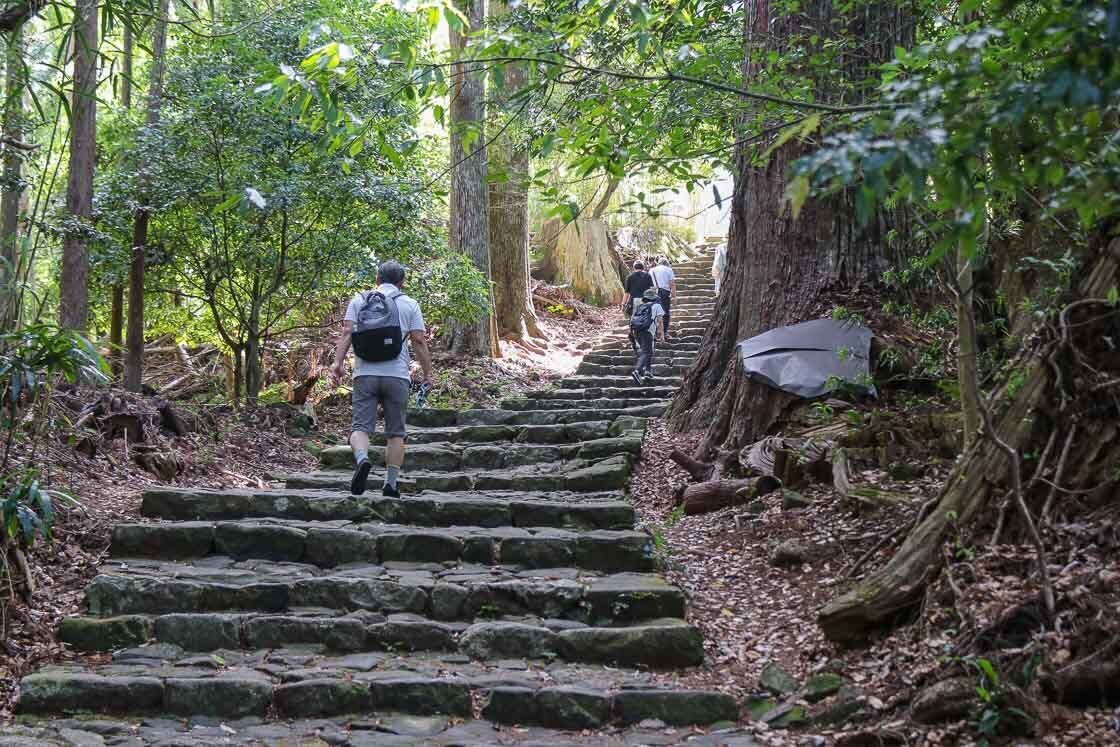
Kumano Nachi Taisha is the last shrine for those walking the Kumano Kodo pilgrimage in order. Even though I only walked a portion of the route, I felt an immense relief knowing that I had arrived at the shrine. I imagine the relief and gratitude of those who have walked from far to be immeasurable compared to mine.
Walking around the peaceful shrine grounds calmed me down, and I was ready to continue on my journey down after paying my respects at the shrine. Next to the shrine is Seigantoji Temple, which was integrated with Nachi Taisha until both Buddhism and Shinto were made separate during the late 19th century. One iconic temple building is the three-storied pagoda that overlooks Nachi Falls. It is interesting to know that while the waterfall is under the authority of the shrine, it is mostly photographed in combination with the temple pagoda.
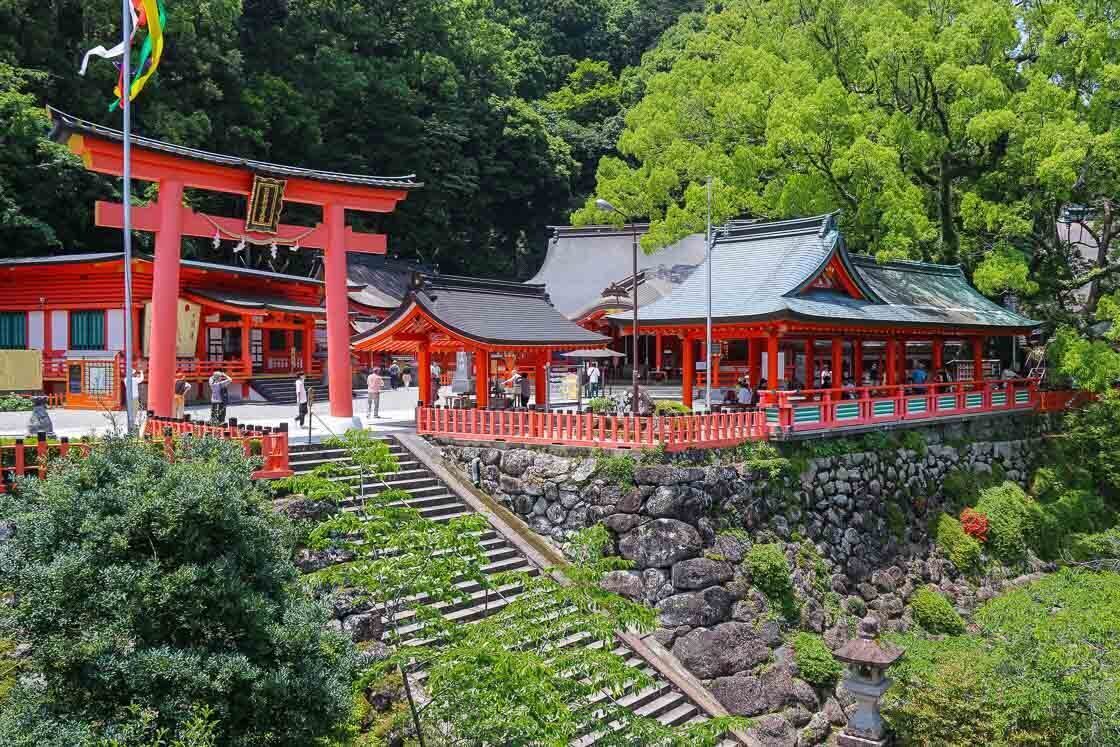
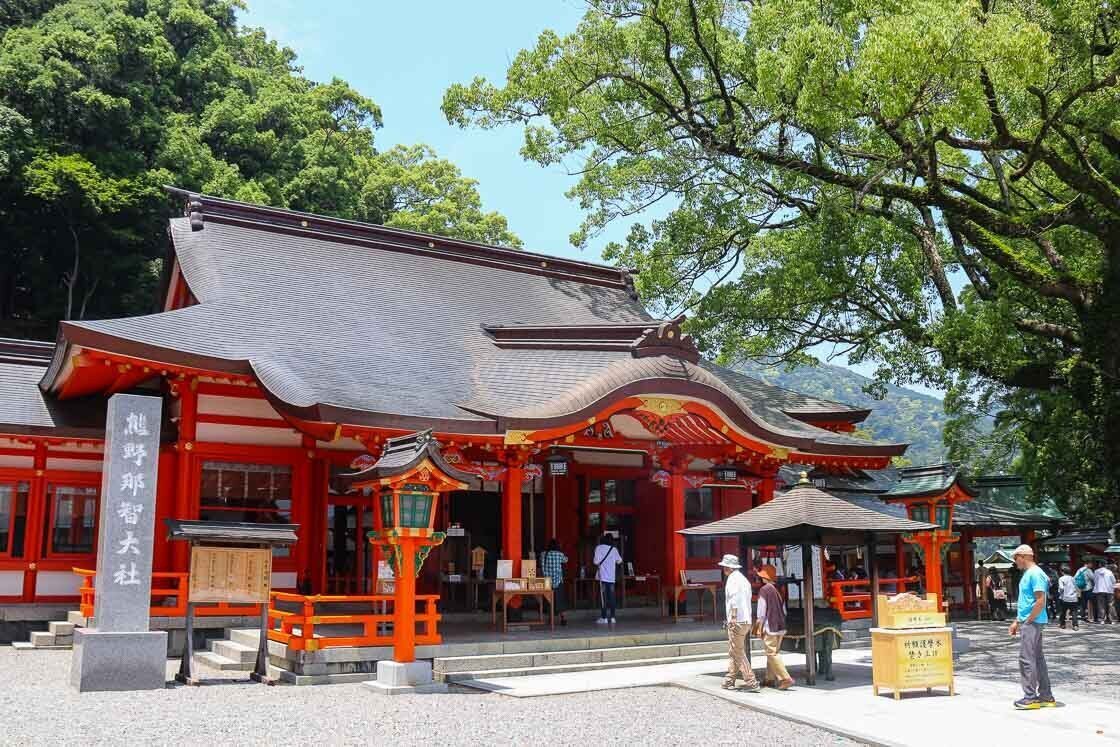
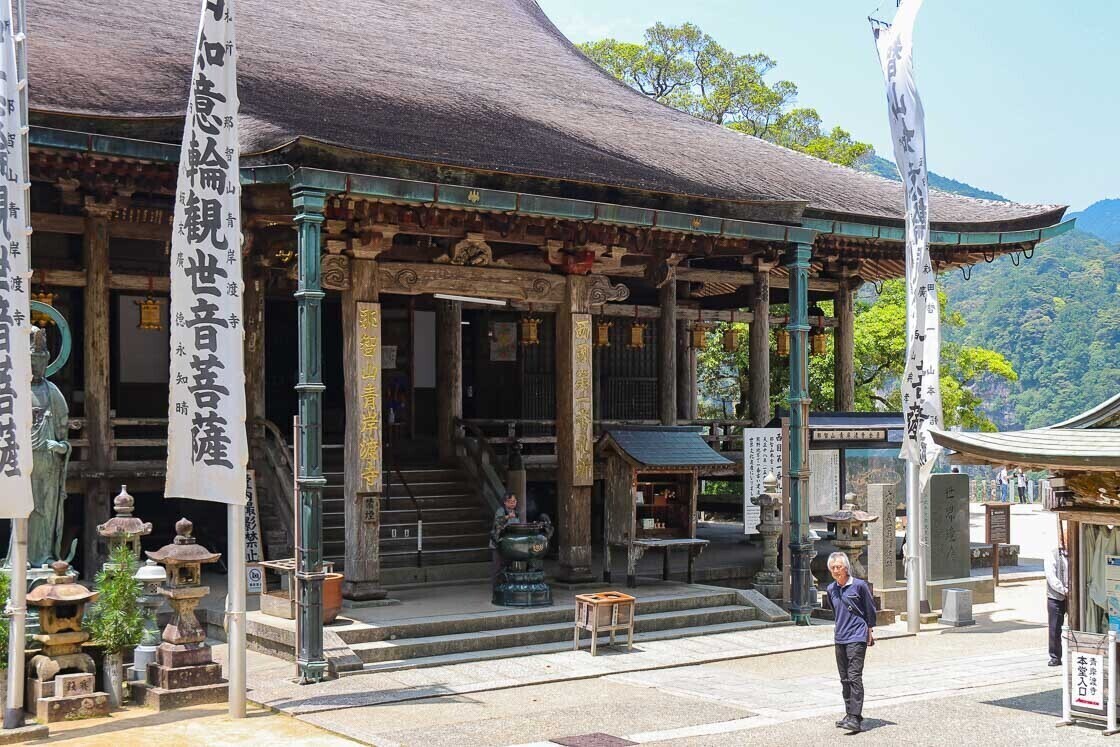
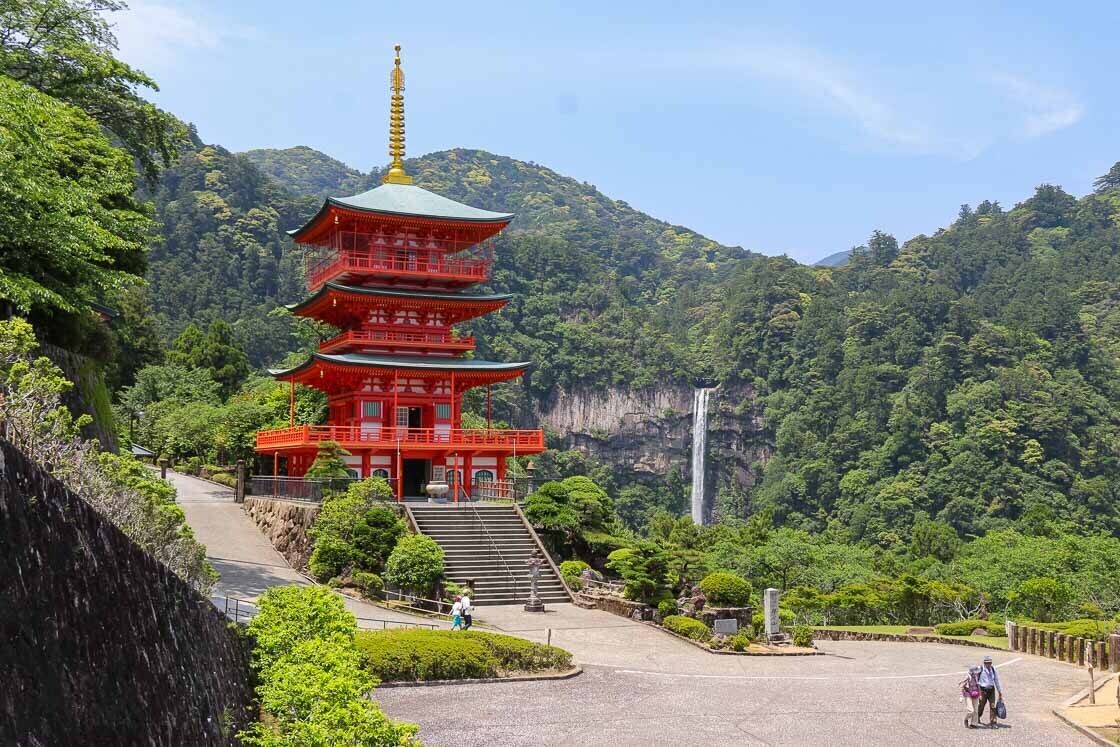
An approximately 15 minute walk downhill brought me to Nachi Falls, the tallest single-tiered waterfall at 133 meters in Japan. Long revered and considered sacred, Nachi Falls was worshiped even before institutionalized religion was introduced. It is possible to go near the bottom of the waterfall, which was what I did to feel the power of the falls up close.
The visit to Nachi Falls brought my trip to a close. I stayed a while just taking in the tremendous energy of water falling from a great height - the very scene that pilgrims centuries ago would have also contemplated. So much has changed in this world, and yet some constants like this have stood the test of time.
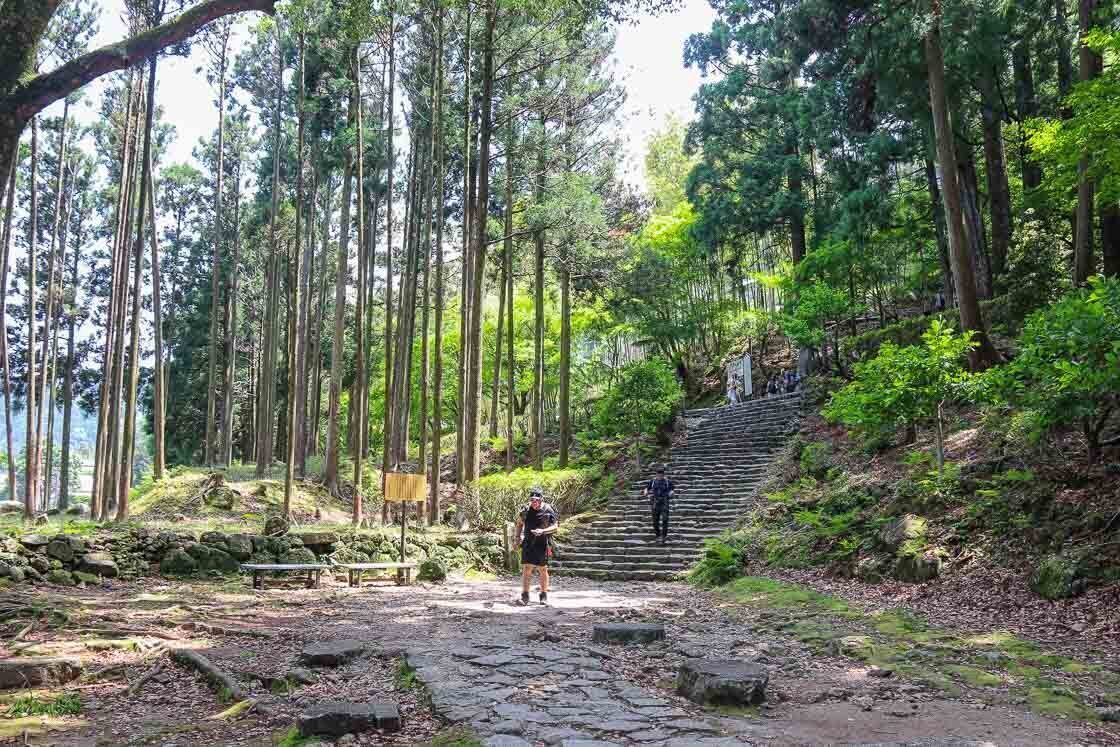
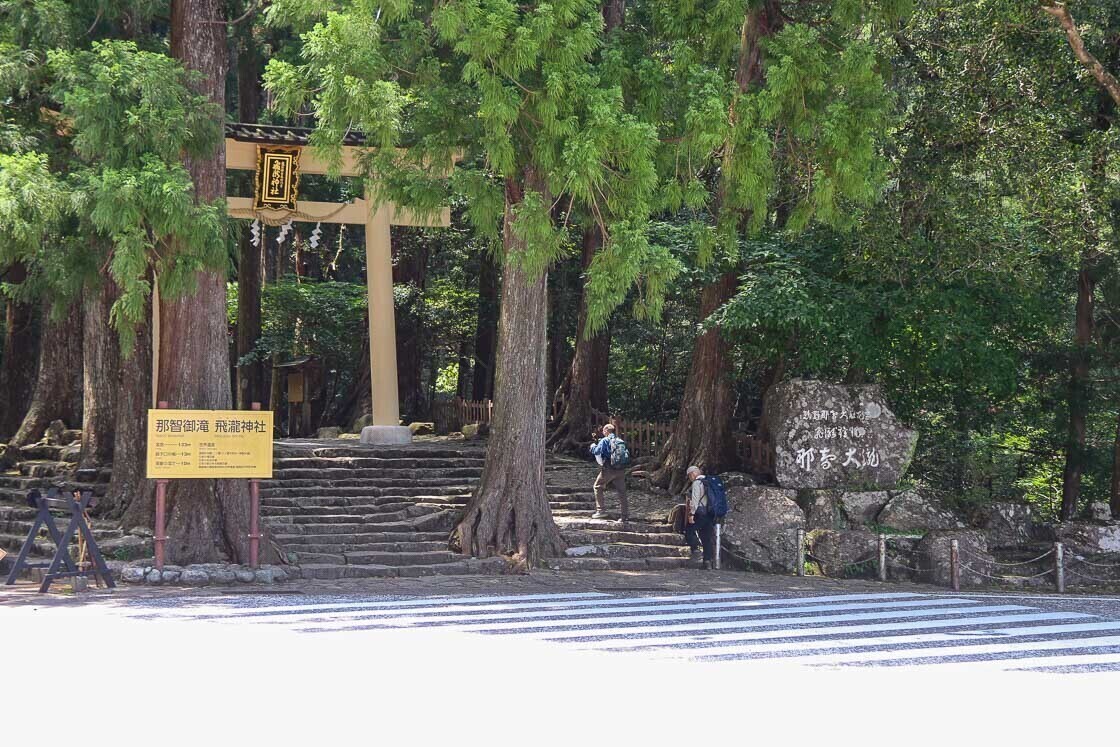
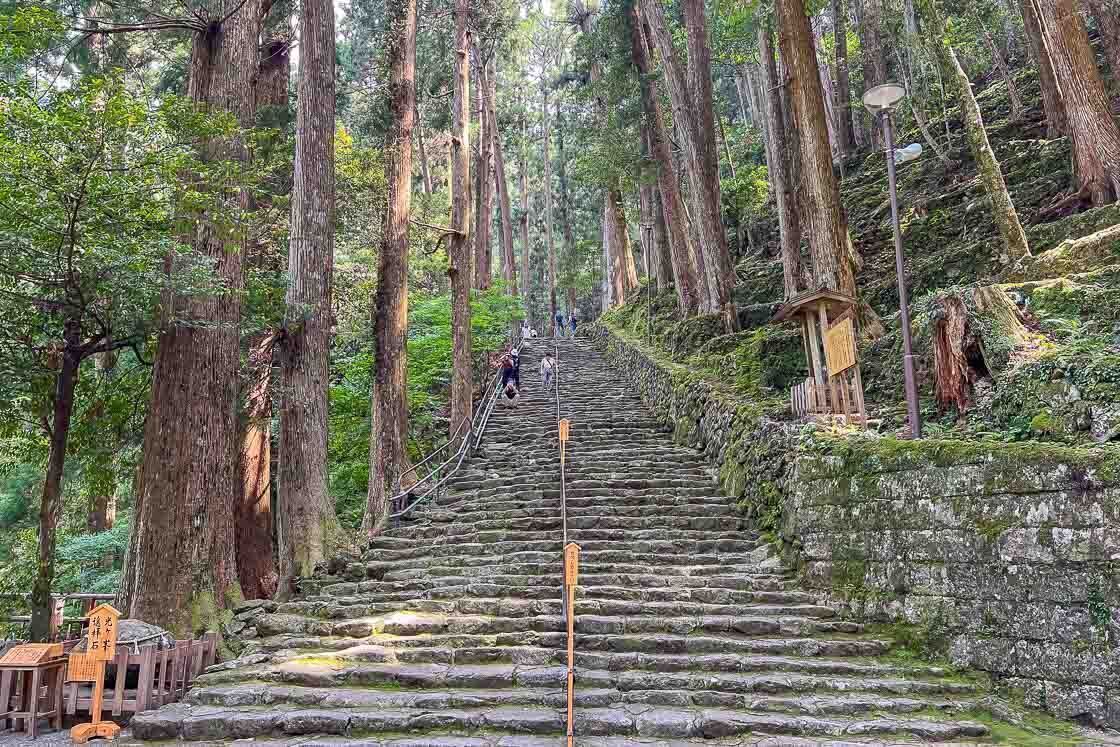
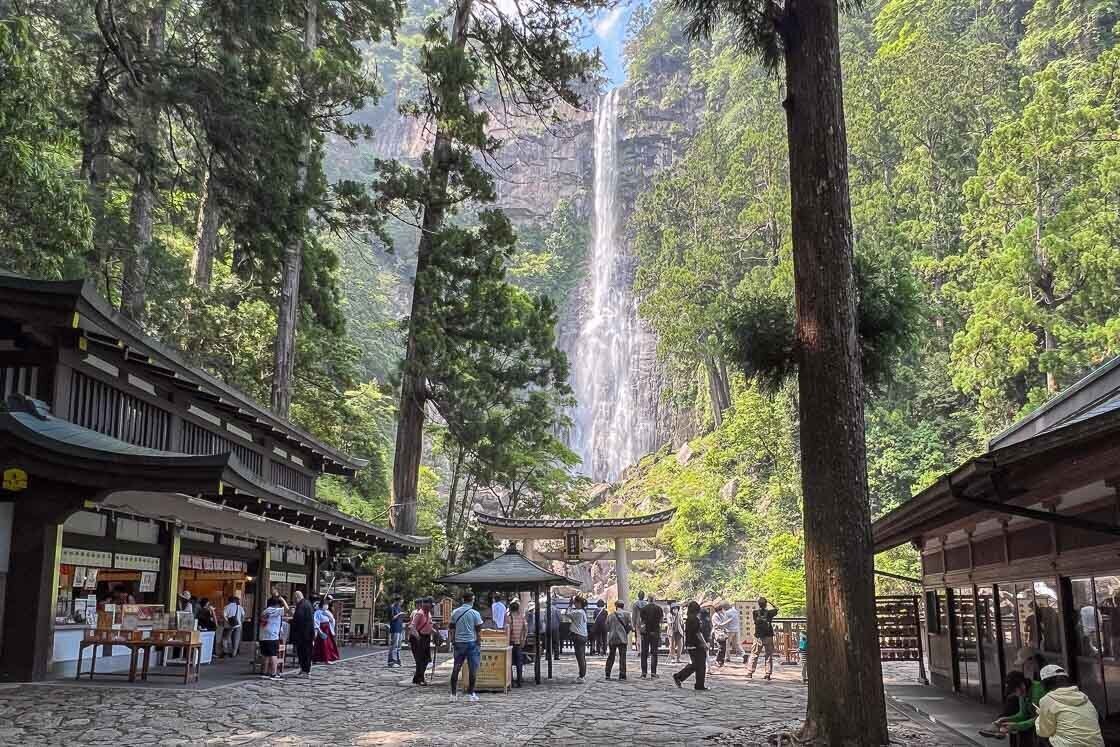

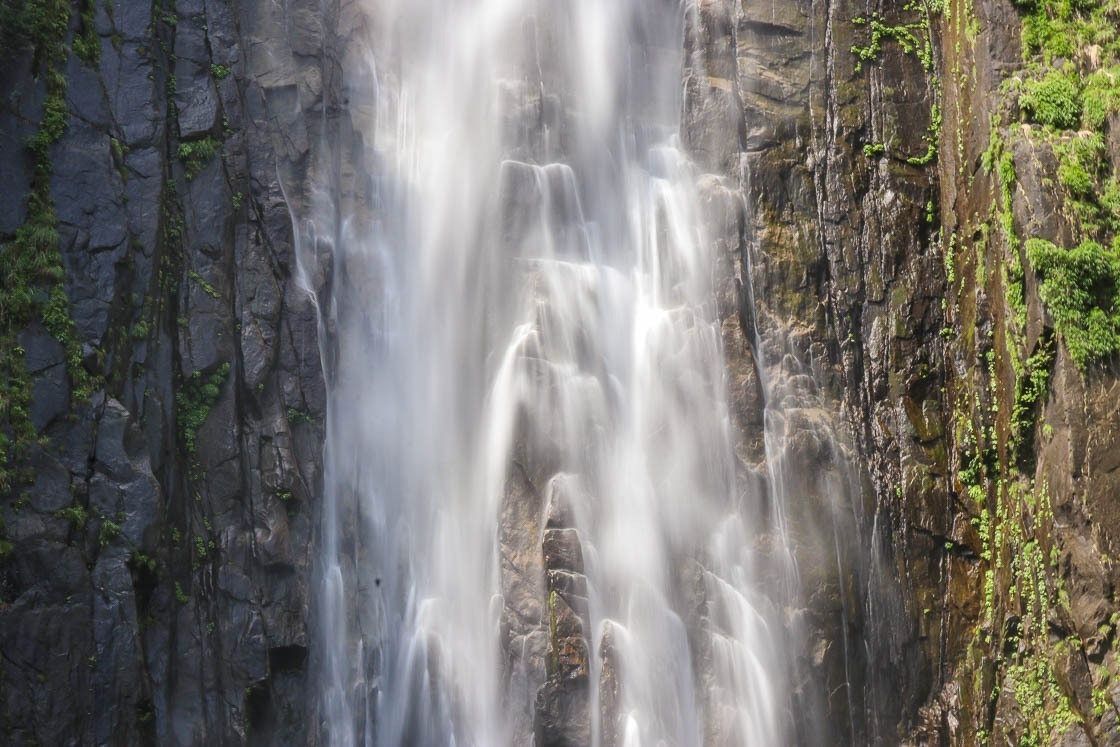
How to get to and around Nachi Katsuura
Kii-Katsuura Station on the JR Kisei Line can be accessed by the Nanki and Kuroshio limited express trains from Nagoya and Osaka respectively. The one way journey to Kii-Katsuura from either Nagoya or Osaka takes about four hours.
Getting around Katsuura
All the spots visited in Katsuura are within walking distance from one another. Below are some average walking times between the spots.
- Kii-Katsuura Station to Katsuura Port: 5 minutes
- Katsuura Port to Kamenoi Hotel Nachi-Katsuura: 10 minutes
- Kamenoi Hotel Nachi-Katsuura to Bentenjima: 10 minutes
- Kamenoi Hotel Nachi-Katsuura to Kii-Katsuura Station: 10 minutes
Getting to and around Nachi Shrine
Take the local bus bound for Nachi Shrine from Kii-Katsuura Station, and get off at Daimonzaka. The one way bus ride takes about 15 minutes. Walk upwards along the historic Kumano Kodo, then take the bus from Nachi no taki-mae (ō▀Æqé╠æĻæO, 25 minutes one way) back to Kii-Katsuura Station. The alternative is to take the bus all the way to Nachisan (ō▀ÆqÄR, 30 minutes one way), walk down to Daimonzaka, and take the bus back from there. Below are some average walking times.
- Daimonzaka to Nachi Shrine: 35-45 minutes
- Nachi Shrine to Seigantoji Temple: 1 minute
- Seigantoji Temple to Nachi Falls: 15 minutes
Hotel Information
Kamenoi Hotel Nachi Katsuura Kumano Kodo
Address: 216-19 Katsuura, Nachikatsuura-cho, Higashimuro-gun, Wakayama 649-5334
Telephone number: +81-735-52-0333
Official website
